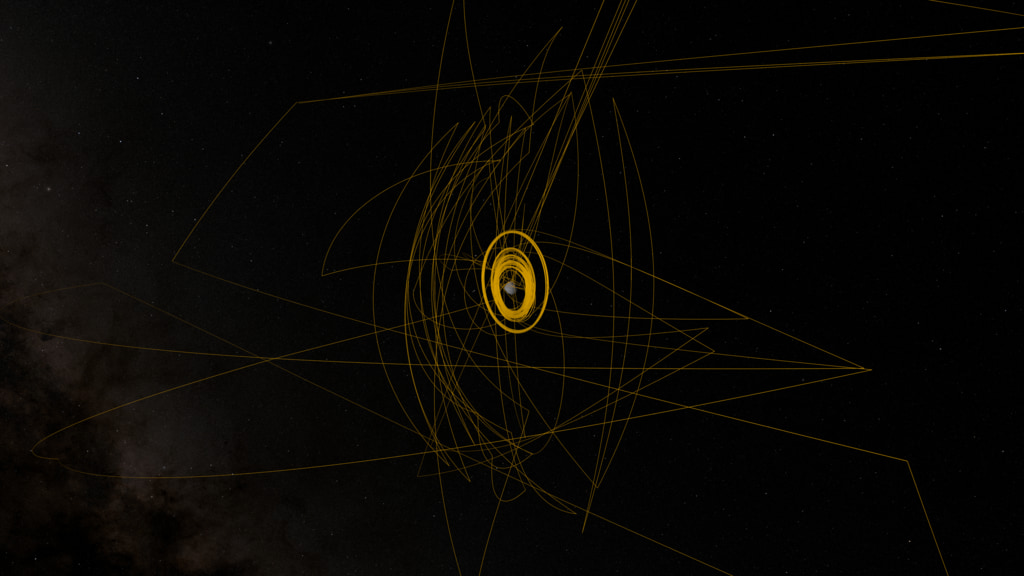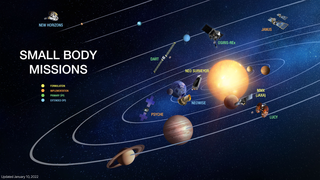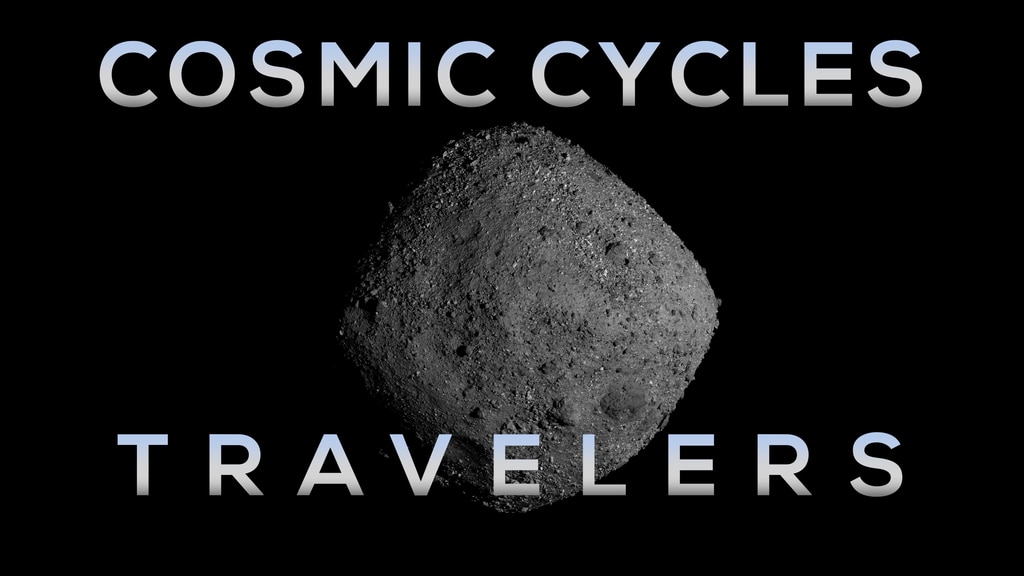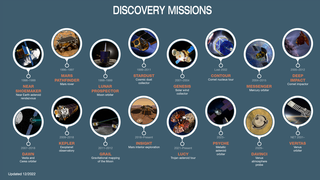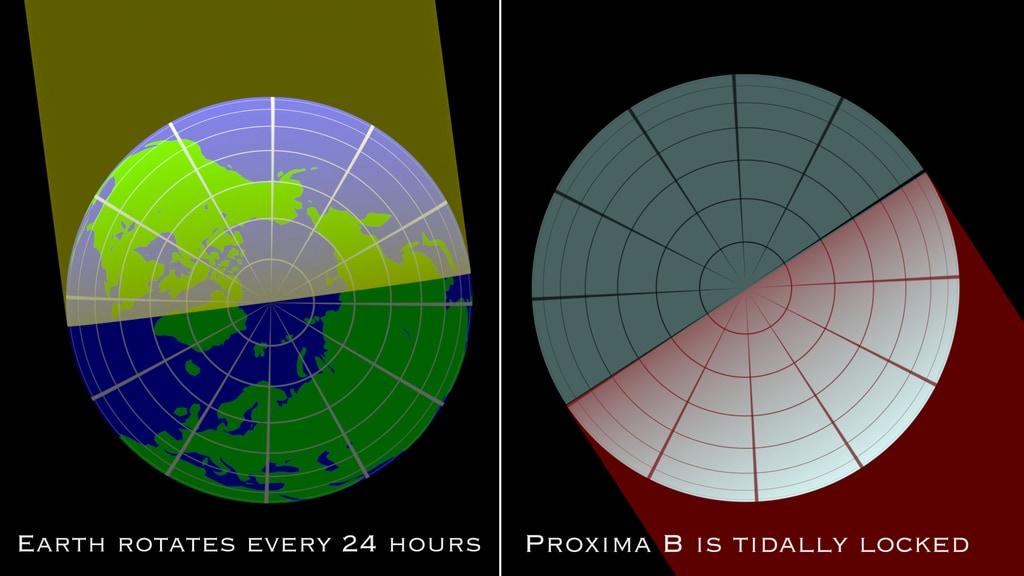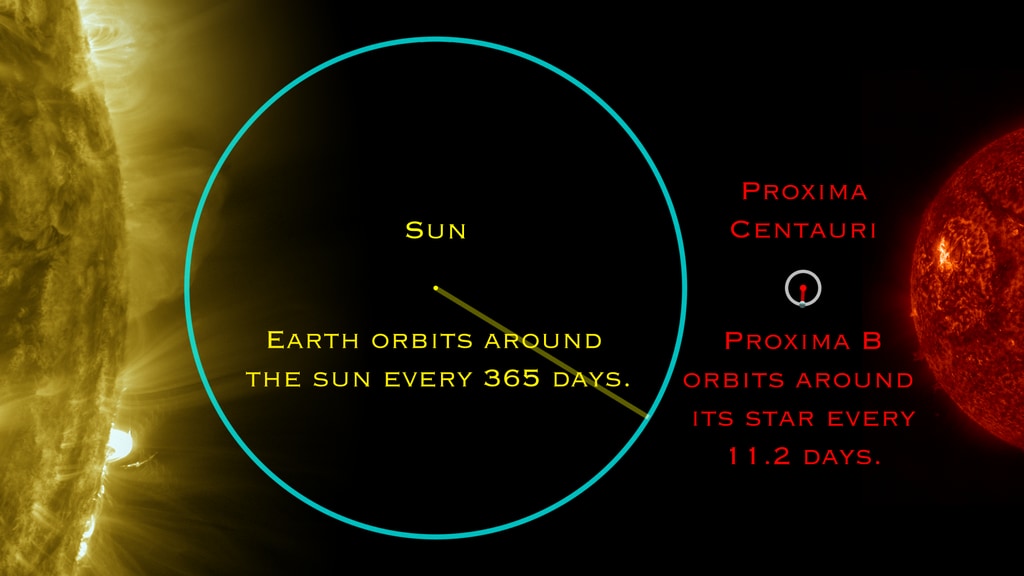Hyperwall Power Playlist - Planetary Science Focus
Overview
This is a collection of our most powerful, newsworthy, and frequently used Hyperwall-ready visualizations, along with several that haven't gotten the attention they deserve. They're especially great for more general or top-level science talks, or to "set the scene" before a deep dive into a more focused subject or dataset. We've tried to cover the subject areas our speakers focus on most.
If you're not seeing what you're looking for, there is a huge library of visualizations more localized or specialized in subject - please use the Search function above, and filter "Result type" for "Hyperwall Visual."
![]() If you'd like to use one of these visualizations in your Hyperwall presentation, we'll need to know which element on which page. On the visualization's web page, below the visual you'd like to use, you'll see a Link icon next to the Download button. All we need is for you to click on that icon and include that link in your presentation Powerpoint/Keynote or visualization list. Additionally, please check our Hyperwall How-To Guide for tips on designing your Hyperwall presentation, file specifications, and Powerpoint/Keynote templates.
If you'd like to use one of these visualizations in your Hyperwall presentation, we'll need to know which element on which page. On the visualization's web page, below the visual you'd like to use, you'll see a Link icon next to the Download button. All we need is for you to click on that icon and include that link in your presentation Powerpoint/Keynote or visualization list. Additionally, please check our Hyperwall How-To Guide for tips on designing your Hyperwall presentation, file specifications, and Powerpoint/Keynote templates.
NASA Science Mission Directorate and General Planetary Science
- Hyperwall Visual
- Section
- Hyperwall Visual
- Gallery
- Section
- Produced Video
- Produced Video
- Visualization
- Visualization
The Moon, - Eclipses, Artemis, and Apollo
- Produced Video
- Produced Video
- Visualization
- Visualization
- Visualization
- Visualization
- Visualization
- Visualization
- Visualization
- Visualization
- Visualization
- Visualization
- Visualization
- Visualization
- Visualization
- Visualization
- Visualization
- Visualization
- Visualization
- Visualization
- Produced Video
- Produced Video
- Visualization
- Animation
Mars and Its Moons
- Section
- Section
- Section
- Hyperwall Visual
- Hyperwall Visual
- Hyperwall Visual
- Hyperwall Visual
- Hyperwall Visual
- Hyperwall Visual
- Produced Video
- Visualization
- Visualization
- Hyperwall Visual
- Visualization
- Produced Video
- Visualization
Venus and Its Moons
NASA's Planetary Fleet
Go to this sectionPlanetary science is a grand human enterprise that seeks to understand the history of our solar system and the distribution of life within it. Planetary science missions inform us about our neighborhood and our own origin and evolution; they are necessary precursors to the expansion of humanity beyond Earth. Through five decades of planetary exploration, NASA has developed the capacity to explore all of the objects in our solar system. Future missions will bring back samples from some of these destinations, allowing iterative detailed study and analysis back on Earth. In the future, humans will return to the Moon, go to asteroids, Mars, and ultimately other solar system bodies to explore them, but only after they have been explored and understood using robotic missions.
NASA Prepares to Explore Venus with DAVINCI
Go to this pageOverview of NASA's DAVINCI Mission.Music is "Blackened Skies" by Enrico Cacace and Lorenzo Castellarin of Universal Production Music. || 14298_venus.jpg (1920x1080) [947.8 KB] || DAVINCI_Highlight_14298.04780_searchweb.png (320x180) [79.4 KB] || DAVINCI_Highlight_14298.04780_thm.png (80x40) [5.6 KB] || DAVINCI_Highlight_14298.mp4 (1920x1080) [787.1 MB] || DAVINCI_Highlight_14298.webm (1920x1080) [24.7 MB] || DAVINCI_Highlight_14298.en_US.srt [3.9 KB] || DAVINCI_Highlight_14298.en_US.vtt [3.7 KB] ||
NASA’s New Views of Venus’ Surface From Space
Go to this pageNASA’s Parker Solar Probe has taken its first visible light images of the surface of Venus from space. Smothered in thick clouds, Venus’ surface is usually shrouded from sight. But in two recent flybys of the planet, Parker used its Wide-Field Imager, or WISPR, to image the entire nightside in wavelengths of the visible spectrum – the type of light that the human eye can see – and extending into the near-infrared.The images, combined into a video, reveal a faint glow from the surface that shows distinctive features like continental regions, plains, and plateaus. A luminescent halo of oxygen in the atmosphere can also be seen surrounding the planet.Link to NASA.gov feature.Link to associated research paper. ||
Jupiter and Its Moons
Hubble Maps Jupiter in 4k Ultra HD
Go to this pageNew imagery from the Hubble Space Telescope is revealing details never before seen on Jupiter. Hubble’s new Jupiter maps were used to create this Ultra HD animation.Watch this video on the NASA Explorer YouTube channel. || JupiterThumbnailSmall.png (2160x1215) [1.4 MB] || G2015-085_Jupiter720_MASTER_appletv_appletv_subtitles.m4v (1280x720) [39.0 MB] || G2015-085_Jupiter720_MASTER_appletv.m4v (1280x720) [39.0 MB] || WEBM_G2015-085_Jupiter4k_MASTER_YouTube.webm (960x540) [28.5 MB] || G2015-085_Jupiter720_MASTER.mp4 (1280x720) [98.9 MB] || G2015-085_Jupiter720_MASTER_nasa_tv.mpeg (1280x720) [249.3 MB] || G2015-085_Jupiter720_MASTER_prores.mov (1280x720) [917.9 MB] || G2015-085_Jupiter720_MASTER.en_US.srt [98 bytes] || G2015-085_Jupiter720_MASTER.en_US.vtt [111 bytes] || G2015-085_Jupiter720_.key [41.8 MB] || G2015-085_Jupiter720_.pptx [39.3 MB] || G2015-085_Jupiter720_MASTER_12021.key [41.7 MB] || G2015-085_Jupiter720_MASTER_12021.pptx [39.3 MB] || G2015-085_Jupiter4k_MASTER_YouTube.mp4 (3840x2160) [495.9 MB] || G2015-085_Jupiter4k_MASTER.mov (3840x2160) [4.5 GB] || G2015-085_Jupiter4k_MASTER_YouTube.hwshow [94 bytes] || G2015-085_Jupiter720_MASTER_appletv.m4v.hwshow [88 bytes] ||
Webb’s Jupiter Images Showcase Auroras and Hazes
Go to this pageA wide field view showcases Jupiter in the upper right quadrant. The planet’s swirling horizontal stripes are rendered in blues, browns, and cream. Electric blue auroras (labeled Northern and Southern Aurora) glow above Jupiter’s north and south poles. A white glow emanates out from the auroras. Along the planet’s equator, rings glow in a faint white. These rings are one million times fainter than the planet itself! At the far left edge of the rings, a moon (labeled as Andrastea) appears as a tiny white dot. Slightly further to the left, another moon (labeled as Amalthea) glows with tiny white diffraction spikes. The rest of the image is the blackness of space, with faintly glowing white galaxies in the distance. Also labeled are spikes of light eminating from the Southern Aurora, which are diffraction spikes. At far left there is also another faint line labeled as a diffraction spike from Jupiter's moon Io. || webb-jupiter-first-image_print.jpg (1024x576) [47.7 KB] || webb-jupiter-first-image.png (3840x2160) [2.9 MB] || webb-jupiter-first-image_searchweb.png (320x180) [31.3 KB] || webb-jupiter-first-image_thm.png (80x40) [3.0 KB] || webbs-jupiter-images-showcase-auroras-and-hazes.hwshow [319 bytes] ||
95 Minutes Over Jupiter
Go to this pagesequence of Juno images across Jupiter || PIA21967_print.jpg (1024x188) [44.5 KB] || PIA21967_searchweb.png (320x180) [72.3 KB] || PIA21967_thm.png (80x40) [5.8 KB] || PIA21967.tif (16000x2952) [77.2 MB] ||
Jupiter's Magnetosphere
Go to this pageJupiter's magnetosphere - a basic view. || Jupiter_JupiterBasic_Dayside.slate_BaseRig.HD1080i.1000_print.jpg (1024x576) [245.3 KB] || Jupiter_JupiterBasic_Dayside.slate_BaseRig.HD1080i.1000_searchweb.png (320x180) [132.5 KB] || Jupiter_JupiterBasic_Dayside.slate_BaseRig.HD1080i.1000_thm.png (80x40) [8.3 KB] || JupiterBasic-noglyph (1920x1080) [0 Item(s)] || Jupiter_JupiterBasic_Dayside.HD1080i_p30.webm (1920x1080) [32.8 MB] || Jupiter_JupiterBasic_Dayside.HD1080i_p30.mp4 (1920x1080) [406.6 MB] || JupiterBasic-noglyph (3840x2160) [0 Item(s)] || Jupiter_JupiterBasic_Dayside_2160p30.mp4 (3840x2160) [984.8 MB] || Jupiter_JupiterBasic_Dayside.HD1080i_p30.mp4.hwshow [206 bytes] ||
Hubble Observes Jupiter’s Great Red Spot Changing
Go to this pageLike the speed of an advancing race car driver, the winds in the outermost “lane” of Jupiter’s Great Red Spot are accelerating – a discovery only made possible by NASA’s Hubble Space Telescope, which has monitored the planet for more than a decade. Researchers analyzing Hubble’s regular “storm reports” found that the average wind speed just within the boundaries of the storm, known as a high-speed ring, has increased by up to 8 percent from 2009 to 2020. In contrast, the winds near the red spot’s innermost region are moving significantly more slowly, like someone cruising lazily on a sunny Sunday afternoon. For more information, visit https://nasa.gov/hubble. Music Credits: "Underneath the same Moon" by JC Lemay [SACEM] via Koka Media [SACEM], Universal Production Music France [SACEM], and Universal Production Music. ||
Lucy Earth Gravity Assist One: Animations
Go to this pageNASA’s Lucy mission is heading to the Jupiter Trojans – two swarms of primitive asteroids trapped in Jupiter’s orbit that may hold clues to the formation of the planets. Lucy launched on October 16, 2021, spent a year in orbit around the Sun, and returned home on its launch anniversary for the first of three Earth gravity assists. The maneuver boosted Lucy’s speed and elongated its orbit around the Sun, setting it track for a second flyby of Earth in December 2024. This page provides artist concept animations depicting Lucy’s first Earth gravity assist.Learn more about Lucy's first Earth gravity assist. ||
Ocean Worlds: The Search for Life
Go to this pageNASA scientists discuss the search for life on the ocean worlds of our solar system and beyond.Watch this video on the NASA Goddard YouTube channel.Universal Production Music: “Superluminal” by Lee Groves and Peter George Marett; “Earthrise,” “Prism Lights,” and “Uncertain Ahead” by Ben Niblett and Jon Cotton; “Infinite Sky” and “Human Architecture” by Andy Blythe and Marten Joustra; “Imagine If” by Paul WernerComplete transcript available. || 13693OceanWorldsThumbnail2_print.jpg (1024x576) [269.6 KB] || 13693OceanWorldsThumbnail2.jpg (1920x1080) [763.8 KB] || 13693OceanWorldsThumbnail2_searchweb.png (180x320) [88.2 KB] || 13693OceanWorldsThumbnail2_thm.png (80x40) [7.9 KB] || 13693_Ocean_Worlds_GSFC_YouTube.webm (1920x1080) [103.5 MB] || 13693OceanWorldsCaptionsV3.en_US.srt [19.9 KB] || 13693OceanWorldsCaptionsV3.en_US.vtt [19.0 KB] || 13693_Ocean_Worlds_GSFC_Facebook.mp4 (1920x1080) [1.1 GB] || 13693_Ocean_Worlds_GSFC_YouTube.mp4 (1920x1080) [2.9 GB] || 13693_Ocean_Worlds_GSFC_MASTER.mov (1920x1080) [11.8 GB] ||
Ocean Worlds: The Search for Life
Go to this sectionLife as we know it requires three ingredients: energy, organic molecules, and liquid water. Our search for life beyond Earth is a search for planets, dwarf planets, and moons that harbor substantial liquid water. We call these places “ocean worlds.” We’re learning that ocean worlds could be ubiquitous in the galaxy. Just in our solar system, we have found evidence of oceans on Saturn’s moons Titan and Enceladus; Jupiter’s moons Europa, Ganymede, and Callisto; Neptune’s moon Triton; and on Pluto. We also believe that Venus and Mars may have had oceans billions of years ago. Could they have supported life? NASA’s research on oceans also includes our own planet and helps us to better understand the role of Earth’s ocean in our planet’s climate system. As we learn more about our own oceans, we will better understand worlds beyond Earth. Discover more about ocean worlds.
Europa Water Vapor Plumes - More Hubble Evidence
Go to this pageThe Hubble Space Telescope has captured even more evidence of water vapor plumes on Jupiter's icy moon Europa. The probable plumes appear to be repeating in the same location and correspond with a relatively warm region on Europa's surface observed by the Galileo spacecraft.Read the press release here - https://www.nasa.gov/press-release/nasa-missions-provide-new-insights-into-ocean-worlds-in-our-solar-systemView the release images on the HubbleSite here - http://hubblesite.org/news_release/news/2017-17Read the science paper here - http://iopscience.iop.org/article/10.3847/2041-8213/aa67f8/pdf ||
Water Vapor Detected In Europa’s Atmosphere
Go to this pageNASA's Hubble Space Telescope observations of Jupiter's icy moon Europa have revealed the presence of persistent water vapor — but, mysteriously, only in one hemisphere. Europa harbors a vast ocean underneath its icy surface, which might offer conditions hospitable for life. This result advances astronomers' understanding of the atmospheric structure of icy moons, and helps lay the groundwork for planned science missions to the Jovian system to, in part, explore whether an environment half-a-billion miles from the Sun could support life. For more information, visit https://nasa.gov/hubble. Additional Credits:Artist’s Impressions of a Water Atmosphere on Europa: ESA/Hubble, J. da SilvaGalileo Spacecraft’s Image of Europa: NASA/JPL-Caltech/SETI InstituteMusic Credits: "Maps of Deception" by Idriss-El-Mehdi Bennani [SACEM], Olivier Louis Perrot [SACEM], and Philippe Andre Vandenhende [SACEM] via Sound Pocket Music [PRS] and Universal Production Music. ||
Saturn and its Moons
The Day the Earth Smiled
Go to this pageOn July 19, 2013, in an event celebrated the world over, NASA's Cassini spacecraft slipped into Saturn's shadow and turned to image the planet, seven of its moons, its inner rings, and, in the background, our home planet, Earth. With the sun's powerful and potentially damaging rays eclipsed by Saturn itself, Cassini's onboard cameras were able to take advantage of this unique viewing geometry. They acquired a panoramic mosaic of the Saturn system that allows scientists to see details in the rings and throughout the system as they are backlit by the sun.With both Cassini's wide-angle and narrow-angle cameras aimed at Saturn, Cassini was able to capture 323 images in just over four hours. This final mosaic uses 141 of those wide-angle images. Images taken using the red, green and blue spectral filters of the wide-angle camera were combined and mosaicked together to create this natural-color view. This image spans about 404,880 miles (651,591 kilometers) across. ||
Earth From the Outer Solar System
Go to this pageOn July 19, 2013, the wide-angle camera on NASA’s Cassini spacecraft had the unusual opportunity to image the whole Saturn system as well as our home planet, Earth, and its moon. In this rare image, Earth is 898 million miles (1.44 billion kilometers) away and appears as a blue dot while the moon can be seen as a fainter protrusion off its right side. Opportunities to image Earth from the outer solar system are few and far between and special care must be taken to avoid damaging the cameras onboard the spacecraft. NASA informed the public about their planet’s portrait being taken from interplanetary distances and invited them to celebrate by finding Saturn in their part of the sky and waving at the ringed planet.This is one of many images that scientists will stich together to create a mosaic of the diffuse rings that encircle Saturn and check for change over time. The previous mosaic of the Saturn system captured by Cassini in 2006 revealed that the dusty E ring, which is fed by the water-ice plume of the moon Enceladus, had unexpectedly large variations in brightness and color around its orbit. Scientists want to see how the E ring looks seven Earth years later, in hopes that it will provide clues about the forces at work in the Saturn system. ||
Cassini's Last Images
Go to this pageStunning views from Cassini's last month at Saturn. || pia17218-16.jpg (1399x787) [155.7 KB] || pia17218-16_1024x576.jpg (1024x576) [98.8 KB] || pia17218-16_searchweb.png (320x180) [22.5 KB] || pia17218-16_thm.png (80x40) [2.8 KB] ||
Saturn's Magnetosphere
Go to this pageA basic view of Saturn's magnetosphere. || Saturn_SaturnBasic_Dayside.slate_BaseRig.HD1080i.1500_print.jpg (1024x576) [186.2 KB] || Saturn_SaturnBasic_Dayside.slate_BaseRig.HD1080i.1500_searchweb.png (320x180) [107.8 KB] || Saturn_SaturnBasic_Dayside.slate_BaseRig.HD1080i.1500_thm.png (80x40) [7.1 KB] || SaturnBasic-noglyph (1920x1080) [0 Item(s)] || Saturn_SaturnBasic_Dayside.HD1080i_p30.webm (1920x1080) [22.1 MB] || Saturn_SaturnBasic_Dayside.HD1080i_p30.mp4 (1920x1080) [365.5 MB] || SaturnBasic-noglyph (3840x2160) [0 Item(s)] || Saturn_SaturnBasic_Dayside_2160p30.mp4 (3840x2160) [938.9 MB] || Saturn_SaturnBasic_Dayside.HD1080i_p30.mp4.hwshow [204 bytes] ||
Ocean Worlds: The Search for Life
Go to this sectionLife as we know it requires three ingredients: energy, organic molecules, and liquid water. Our search for life beyond Earth is a search for planets, dwarf planets, and moons that harbor substantial liquid water. We call these places “ocean worlds.” We’re learning that ocean worlds could be ubiquitous in the galaxy. Just in our solar system, we have found evidence of oceans on Saturn’s moons Titan and Enceladus; Jupiter’s moons Europa, Ganymede, and Callisto; Neptune’s moon Triton; and on Pluto. We also believe that Venus and Mars may have had oceans billions of years ago. Could they have supported life? NASA’s research on oceans also includes our own planet and helps us to better understand the role of Earth’s ocean in our planet’s climate system. As we learn more about our own oceans, we will better understand worlds beyond Earth. Discover more about ocean worlds.
Ocean Worlds: The Search for Life
Go to this sectionLife as we know it requires three ingredients: energy, organic molecules, and liquid water. Our search for life beyond Earth is a search for planets, dwarf planets, and moons that harbor substantial liquid water. We call these places “ocean worlds.” We’re learning that ocean worlds could be ubiquitous in the galaxy. Just in our solar system, we have found evidence of oceans on Saturn’s moons Titan and Enceladus; Jupiter’s moons Europa, Ganymede, and Callisto; Neptune’s moon Triton; and on Pluto. We also believe that Venus and Mars may have had oceans billions of years ago. Could they have supported life? NASA’s research on oceans also includes our own planet and helps us to better understand the role of Earth’s ocean in our planet’s climate system. As we learn more about our own oceans, we will better understand worlds beyond Earth. Discover more about ocean worlds.
Ocean Worlds: The Search for Life
Go to this pageNASA scientists discuss the search for life on the ocean worlds of our solar system and beyond.Watch this video on the NASA Goddard YouTube channel.Universal Production Music: “Superluminal” by Lee Groves and Peter George Marett; “Earthrise,” “Prism Lights,” and “Uncertain Ahead” by Ben Niblett and Jon Cotton; “Infinite Sky” and “Human Architecture” by Andy Blythe and Marten Joustra; “Imagine If” by Paul WernerComplete transcript available. || 13693OceanWorldsThumbnail2_print.jpg (1024x576) [269.6 KB] || 13693OceanWorldsThumbnail2.jpg (1920x1080) [763.8 KB] || 13693OceanWorldsThumbnail2_searchweb.png (180x320) [88.2 KB] || 13693OceanWorldsThumbnail2_thm.png (80x40) [7.9 KB] || 13693_Ocean_Worlds_GSFC_YouTube.webm (1920x1080) [103.5 MB] || 13693OceanWorldsCaptionsV3.en_US.srt [19.9 KB] || 13693OceanWorldsCaptionsV3.en_US.vtt [19.0 KB] || 13693_Ocean_Worlds_GSFC_Facebook.mp4 (1920x1080) [1.1 GB] || 13693_Ocean_Worlds_GSFC_YouTube.mp4 (1920x1080) [2.9 GB] || 13693_Ocean_Worlds_GSFC_MASTER.mov (1920x1080) [11.8 GB] ||
Seeing Titan with Infrared Eyes
Go to this pageSix infrared views of Saturn's moon Titan. || titan_infrared_eyes_PIA21923_print.jpg (1024x576) [89.4 KB] || titan_infrared_eyes_PIA21923.png (5760x3240) [9.4 MB] || titan_infrared_eyes_PIA21923_searchweb.png (320x180) [65.1 KB] || titan_infrared_eyes_PIA21923_thm.png (80x40) [6.1 KB] || titan_infrared_eyes_PIA21923.hwshow [218 bytes] ||
Outer Planets - Uranus and Neptune (And Pluto!)
The Rich Color Variations of Pluto
Go to this pageAn enhanced view of Pluto shows color variations across the surface || pluto_enhanced_release_PIA19952_print.jpg (1024x576) [98.9 KB] || pluto_enhanced_release_PIA19952_searchweb.png (180x320) [45.6 KB] || pluto_enhanced_release_PIA19952_thm.png (80x40) [9.2 KB] || pluto_enhanced_release_PIA19952.tif (5760x3240) [14.0 MB] || pluto_enhanced_release_PIA19952.pptx [12.2 MB] || pluto_enhanced_release_PIA19952.key [14.9 MB] || pluto_enhanced_release_30695_PIA19952.key [14.9 MB] || pluto_enhanced_release_30695_PIA19952.pptx [12.2 MB] || pluto_enhanced_release_PIA19952.hwshow [230 bytes] ||
Pluto's Surface Composition
Go to this pageImages of Pluto from New Horizons prepared for the hyperwall. || The Ralph instrument detected frozen methane, nitrogen, and carbon monoxide on Pluto || pluto_ices_print.jpg (1024x574) [83.9 KB] || pluto_ices.png (4096x2304) [3.2 MB] || pluto_ices_searchweb.png (180x320) [37.2 KB] || pluto_ices_thm.png (80x40) [3.1 KB] || pluto_ices_30618.key [6.2 MB] || pluto_ices_30618.pptx [3.6 MB] || pluto_ices.hwshow [188 bytes] ||
Uranus' Magnetosphere
Go to this pageA basic view of the Uranian magnetosphere when the rotation axis is perpendicular to the Uranus-Sun line and days and nights are of equal duration. || Uranus_UranusEquinox_Dayside.slate_BaseRig.HD1080i.1500_print.jpg (1024x576) [197.1 KB] || Uranus_UranusEquinox_Dayside.slate_BaseRig.HD1080i.1500_searchweb.png (320x180) [107.3 KB] || Uranus_UranusEquinox_Dayside.slate_BaseRig.HD1080i.1500_thm.png (80x40) [6.8 KB] || UranusEquinox-noglyph (1920x1080) [0 Item(s)] || Uranus_UranusEquinox_Dayside.HD1080i_p30.webm (1920x1080) [20.9 MB] || Uranus_UranusEquinox_Dayside.HD1080i_p30.mp4 (1920x1080) [308.1 MB] || UranusEquinox-noglyph (3840x2160) [0 Item(s)] || Uranus_UranusEquinox_Dayside_2160p30.mp4 (3840x2160) [758.5 MB] || Uranus_UranusEquinox_Dayside.HD1080i_p30.mp4.hwshow [206 bytes] ||
Neptune’s Disappearing Clouds Linked to the Solar Cycle
Go to this pageRecent observations from the Hubble Space Telescope show that Neptune's clouds are almost completely disappearing!Astronomers report that their continual monitoring of Neptune’s weather uncovered a link between its shifting cloud abundance and the 11-year solar cycle, where the Sun’s activity waxes and wanes under the driving force of its entangled magnetic field. For more information, visit https://nasa.gov/hubble. Music Credit“Outer Rim” by Brandon Seliga [ BMI ] via Emperia Beta Publishing [ BMI ] and Universal Production Music ||
Neptune's Magnetosphere
Go to this pageA basic view of the Neptunian magnetosphere when the southern side of the rotation axis is directed sunward (southern summer) || Neptune_NeptuneSouthSummer_Dayside.slate_BaseRig.HD1080i.1500_print.jpg (1024x576) [195.5 KB] || Neptune_NeptuneSouthSummer_Dayside.slate_BaseRig.HD1080i.1500_searchweb.png (320x180) [108.2 KB] || Neptune_NeptuneSouthSummer_Dayside.slate_BaseRig.HD1080i.1500_thm.png (80x40) [6.8 KB] || NeptuneSouthSummer-noglyph (1920x1080) [0 Item(s)] || Neptune_NeptuneSouthSummer_Dayside.HD1080i_p30.webm (1920x1080) [21.4 MB] || Neptune_NeptuneSouthSummer_Dayside.HD1080i_p30.mp4 (1920x1080) [328.8 MB] || NeptuneSouthSummer-noglyph (3840x2160) [0 Item(s)] || Neptune_NeptuneSouthSummer_Dayside_2160p30.mp4 (3840x2160) [820.2 MB] || Neptune_NeptuneSouthSummer_Dayside.HD1080i_p30.mp4.hwshow [212 bytes] ||
Charon Makes Its Debut
Go to this pageNASA’s New Horizons spacecraft provides the first up-close view of Pluto’s largest moon. || c-1280.jpg (1280x720) [113.6 KB] || c-1024.jpg (1024x576) [86.7 KB] || c-1024_print.jpg (1024x576) [84.8 KB] || c-1024_searchweb.png (320x180) [48.9 KB] || c-1024_web.png (320x180) [48.9 KB] || c-1024_thm.png (80x40) [15.6 KB] ||
OSIRIS-REx and Bennu
OSIRIS-REx Tags Asteroid Bennu Videos
Go to this pageTouch-And-Go (TAG) sample collection || osiris-rex-tag_1000_print.jpg (1024x576) [124.1 KB] || osiris-rex-tag_1000_searchweb.png (320x180) [78.7 KB] || osiris-rex-tag_1000_thm.png (80x40) [5.0 KB] || osiris-rex-tag_1080p30.mp4 (1920x1080) [10.3 MB] || osiris-rex-tag_1080p30.webm (1920x1080) [1.4 MB] || osiris-rex-tag_2160p30.mp4 (3840x2160) [29.9 MB] || tag (3840x2160) [0 Item(s)] ||
OSIRIS-REx Sample Return: Animations
Go to this pageRide along with OSIRIS-REx on the thrilling finale of its journey to Bennu and back.Universal Production Music: “Rise to the Challenge” by Daniel Marantz and Michael James Burns, Raydia Music library [PRS]; “Fragments of Time” by Timothy Robert Shortell, Scores of Hypersonic Music [BMI]Watch this video on the NASA.gov Video YouTube channel. || Shot11_DivertBurn_Thumbnail_print.jpg (1024x576) [63.3 KB] || Shot11_DivertBurn_Thumbnail.jpg (3840x2160) [1.1 MB] || Shot11_DivertBurn_Thumbnail.png (3840x2160) [9.9 MB] || 20381_OSIRIS-REx_RETURN_MONTAGE_720.mp4 (1280x720) [42.8 MB] || 20381_OSIRIS-REx_RETURN_MONTAGE_1080.mp4 (1920x1080) [298.0 MB] || 20381_OSIRIS-REx_RETURN_MONTAGE_4K.mp4 (3840x2160) [2.9 GB] || 20381_OSIRIS-REx_RETURN_MONTAGE_ProRes.mov (3840x2160) [20.4 GB] ||
OSIRIS-REx Sample Landing and Recovery in Utah
Go to this pageThis visualization introduces viewers to where landing and recovery operations will take place for the sample return capsule from OSIRIS-REx. Imagery were sourced from NASA’s Blue Marble dataset and the Operational Land Imager-2 (OLI-2) on Landsat 9. || utah_vis_4kprores.00001_print.jpg (1024x576) [125.7 KB] || utah_vis_4kprores.00001_searchweb.png (320x180) [75.1 KB] || utah_vis_4kprores.00001_thm.png (80x40) [5.6 KB] || utah_vis_720.mp4 (1280x720) [42.7 MB] || utah_vis_1080.mp4 (1920x1080) [125.1 MB] || utah_vis_4k.mp4 (3840x2160) [147.9 MB] || utah_vis_4kprores.mov (3840x2160) [4.6 GB] || osiris-rex-sample-landing-and-recovery-in-utah.hwshow [177 bytes] ||
OSIRIS-REx – Detailed Global Views of Asteroid Bennu
Go to this pageLooping animation of asteroid Bennu rotating. This 3D model of Bennu was created using 20cm resolution laser altimetry data and imagery taken by OSIRIS-REx. || bennu_spin_v3_02.1000_print.jpg (1024x576) [75.3 KB] || bennu_spin_v3_02.1000_searchweb.png (320x180) [18.4 KB] || bennu_spin_v3_02.1000_thm.png (80x40) [1.6 KB] || bennu_spin_v3_1080p30.mp4 (1920x1080) [77.5 MB] || Bennu_GlobalSpin_20cm_v2 (3840x2160) [0 Item(s)] || bennu_spin_v3_2160p30.webm (3840x2160) [32.4 MB] || bennu_spin_v3_2160p30.mp4 (3840x2160) [242.3 MB] || 4857_Bennu_Global_Spin_20cm.mov (3840x2160) [12.0 GB] || 01_dworkin_bennu.hwshow ||
Asteroid Bennu 3D Models
Go to this pageThese 3D models and images were created using data from NASA’s OSIRIS-REx spacecraft collected while in orbit around asteroid Bennu. These are some of the 3D models that were used to create several SVS Bennu data visualizations, including Tour of Asteroid Bennu, Detailed Global Views of Asteroid Bennu, and Bennu TAG Surface Change. ||
Bennu TAG Surface Change
Go to this pageThis visualization begins with a top-down view of a high resolution digital terrain model (DTM) of the Nightingale TAG sample site on Bennu. As the camera moves closer, data representing the surface height change pre-post TAG fades on. The surface height change as a result of the TAG event is represented by both a color map and by offsetting the original DTM to reveal the TAG crater. The DTM offset is applied to the surface region within ~7.5 meters of impact, which is highlighted for emphasis. With this color bar, yellows, greens, and blues represent a decrease in elevation, light red represents no change in elevation, and dark red represents an increase in elevation. Thruster marks and a region of ejected surface material are labeled. The camera does a 360 degree spin around the sample site before returning to a top-down view of the color-mapped data. || Bennu_TAG_surface_change.00600_print.jpg (1024x576) [233.4 KB] || Bennu_TAG_surface_change.00600_searchweb.png (320x180) [121.7 KB] || Bennu_TAG_surface_change.00600_thm.png (80x40) [8.2 KB] || Bennu_TAG_surface_change_1080p30.mp4 (1920x1080) [76.5 MB] || Bennu_TAG_surface_change (3840x2160) [0 Item(s)] || Bennu_TAG_surface_change_print_still.00600.tif (3840x2160) [63.3 MB] || Bennu_TAG_surface_change_2160p30.webm (3840x2160) [31.0 MB] || Bennu_TAG_surface_change_2160p30.mp4 (3840x2160) [251.3 MB] || Bennu_TAG_surface_change_prores_2160p30.mov (3840x2160) [8.2 GB] || osiris-rex_animations.hwshow ||
Thirty Seconds on Asteroid Bennu: Animation
Go to this pageData-driven animation showing how the OSIRIS-REx spacecraft impacted asteroid Bennu's surface when it touched down and collected a sample. || 20360_Orex_tag_h264_1080.00111_print.jpg (576x1024) [160.5 KB] || 20360_Orex_tag_h264_1080.00111_searchweb.png (320x180) [97.3 KB] || 20360_Orex_tag_h264_1080.00111_thm.png (80x40) [6.1 KB] || 20360_Orex_tag_h264_1080.webm (1920x1080) [13.2 MB] || 20360_Orex_tag_h264_1080.mp4 (1920x1080) [175.4 MB] || 20360_Orex_tag_h264_4K.mp4 (3840x2160) [86.5 MB] || OREx_Tag_PNG (3840x2160) [0 Item(s)] || 20360_Orex_Prores_4k.mov (3840x2160) [4.4 GB] ||
To Bennu and Back: Journey’s End
Go to this pageRide along with OSIRIS-REx during the thrilling finale of its journey to Bennu and back.Complete transcript available.Universal Production Music: “A Sense of Urgency” and “Rise to the Challenge” by Daniel Marantz and Michael James Burns, Raydia Music library [PRS]; “Fragments of Time” by Timothy Robert Shortell, Scores of Hypersonic Music [BMI]Watch this video on the NASA Goddard YouTube channel. || OSIRIS-REx_Journeys_End_Preview_V3_print.jpg (1024x576) [115.9 KB] || OSIRIS-REx_Journeys_End_Preview_V3.png (3840x2160) [4.2 MB] || OSIRIS-REx_Journeys_End_Preview_V3.jpg (3840x2160) [821.1 KB] || OSIRIS-REx_Journeys_End_Preview_V3_searchweb.png (320x180) [70.4 KB] || OSIRIS-REx_Journeys_End_Preview_V3_thm.png (80x40) [6.4 KB] || 14406_OSIRIS-REx_Journeys_End_720.mp4 (1280x720) [58.7 MB] || 14406_OSIRIS-REx_Journeys_End_1080.mp4 (1920x1080) [328.5 MB] || BennuJourneysEnd_Captions.en_US.srt [5.3 KB] || BennuJourneysEnd_Captions.en_US.vtt [5.1 KB] || 14406_OSIRIS-REx_Journeys_End_V2.mp4 (3840x2160) [4.0 GB] || 14406_OSIRIS-REx_Journeys_End_4K.mp4 (3840x2160) [4.0 GB] || 14406_OSIRIS-REx_Journeys_End_ProRes.mov (3840x2160) [27.5 GB] ||
A Web Around Asteroid Bennu – Visualizations
Go to this pageThis visualization depicts the OSIRIS-REx spacecraft’s trajectory around the asteroid Bennu from the initial arrival in Dec 2018 through the final departure in April 2021. The trajectory is presented in a Sun Bennu North reference frame. Several mission segments are highlighted in white, leading up to the TAG sample collection maneuver on Oct 20, 2020. || web_around_bennu-orbits_bennu_stars.15100_print.jpg (1024x576) [105.4 KB] || web_around_bennu-orbits_bennu_stars.15100_searchweb.png (320x180) [55.9 KB] || web_around_bennu-orbits_bennu_stars.15100_thm.png (80x40) [3.5 KB] || web_around_bennu-orbits_bennu_stars_1080p60.mp4 (1920x1080) [215.7 MB] || web_around_bennu-orbits_bennu_stars (3840x2160) [0 Item(s)] || web_around_bennu-orbits_bennu_stars_2160p60.webm (3840x2160) [133.2 MB] || web_around_bennu-orbits_bennu_stars_2160p60.mp4 (3840x2160) [759.1 MB] ||
Asteroids and Small Bodies
NASA's Planetary Fleet
Go to this sectionPlanetary science is a grand human enterprise that seeks to understand the history of our solar system and the distribution of life within it. Planetary science missions inform us about our neighborhood and our own origin and evolution; they are necessary precursors to the expansion of humanity beyond Earth. Through five decades of planetary exploration, NASA has developed the capacity to explore all of the objects in our solar system. Future missions will bring back samples from some of these destinations, allowing iterative detailed study and analysis back on Earth. In the future, humans will return to the Moon, go to asteroids, Mars, and ultimately other solar system bodies to explore them, but only after they have been explored and understood using robotic missions.
Cosmic Cycles 6: Travelers (DART and OSIRIS-REx)
Go to this pageThis video includes music from a synthesized orchestra provided by composer Henry Dehlinger.Music credit: “Travelers" from Cosmic Cycles: A Space Symphony by Henry Dehlinger. Courtesy of the composer.Watch this video on the NASA Goddard YouTube channel. || Cosmic_Cycles_Travelers_V2_print.jpg (1024x576) [72.5 KB] || Cosmic_Cycles_Travelers_V2.jpg (3840x2160) [721.7 KB] || Cosmic_Cycles_Travelers_V2_searchweb.png (320x180) [32.7 KB] || Cosmic_Cycles_Travelers_V2_thm.png (80x40) [4.7 KB] || Cosmic_Cycles_The_Travelers.webm (1920x1080) [57.4 MB] || Cosmic_Cycles_The_Travelers.mp4 (1920x1080) [238.5 MB] || Cosmic_Cycles-Travelers_Online_50mbps.mp4 (1920x1080) [1.8 GB] || Cosmic_Cycles-Travelers_Online_ProRes_1920x1080_2997.mov (1920x1080) [5.8 GB] ||
DART: Double Asteroid Redirection Test
Go to this pageThe DART mission is NASA's demonstration of kinetic impactor technology, impacting an asteroid to adjust its speed and path. DART was the first-ever space mission to demonstrate asteroid deflection by kinetic impactor. It impacted the moonlet Dimorphos on September 26, 2022. ||
Exoplanets
NASA's Planetary Fleet
Go to this sectionPlanetary science is a grand human enterprise that seeks to understand the history of our solar system and the distribution of life within it. Planetary science missions inform us about our neighborhood and our own origin and evolution; they are necessary precursors to the expansion of humanity beyond Earth. Through five decades of planetary exploration, NASA has developed the capacity to explore all of the objects in our solar system. Future missions will bring back samples from some of these destinations, allowing iterative detailed study and analysis back on Earth. In the future, humans will return to the Moon, go to asteroids, Mars, and ultimately other solar system bodies to explore them, but only after they have been explored and understood using robotic missions.
Proxima Centauri b Climate Model Scenarios
Go to this pageProxima b as a water planet with no land and no ocean circulation. Notice the large ocean on Proxima b's starside. || thermo.0026__cameraShape1_beauty.2000_print.jpg (1024x576) [279.0 KB] || Thermo (3840x2160) [0 Item(s)] || thermo.0026__cameraShape1_beauty.webm (3840x2160) [54.6 MB] || thermo.0026__cameraShape1_beauty.mp4 (3840x2160) [671.5 MB] ||
Earth Versus Proxima Centauri b Rotation Rates
Go to this pageEarth spins on its axis every 24 hours. Proxima B is tidally locked and therefore always faces it's star, much like how the moon has one side that always faces Earth. || near_evb.00333_print.jpg (1024x576) [88.2 KB] || near_evb.00333_searchweb.png (320x180) [55.2 KB] || near_evb.00333_thm.png (80x40) [5.5 KB] || Composite (1920x1080) [0 Item(s)] || near_evb_1080p30_2.webm (1920x1080) [72.6 MB] || near_evb_1080p30_2.mp4 (1920x1080) [367.4 MB] || near_evb_1080p30_2.mp4.hwshow ||
Orbital Differences Between Earth and Proxima Centauri b
Go to this pageThis data visualization compares the relative distances and speeds of Proxima B's orbit to the Earth's orbit. Proxima B rapidly orbits its sun every 11.2 days. || evb_orbits_comp.0333_print.jpg (1024x576) [78.7 KB] || evb_orbits_comp.0333_searchweb.png (320x180) [48.9 KB] || evb_orbits_comp.0333_thm.png (80x40) [4.7 KB] || evb_orbits_comp_1080p30.mp4 (1920x1080) [5.3 MB] || Composite (1920x1080) [0 Item(s)] || evb_orbits_comp_1080p30.webm (1920x1080) [1.8 MB] || evb_orbits_comp_1080p30.mp4.hwshow ||
TRAPPIST-1 Exoplanets Illustration
Go to this pageTRAPPIST-1 Exoplanets Illustration || ssc2017-01d_crop_print.jpg (1024x574) [81.6 KB] || ssc2017-01d_crop_searchweb.png (320x180) [58.9 KB] || ssc2017-01d_crop_thm.png (80x40) [6.3 KB] || ssc2017-01d_crop.tif (3600x2021) [6.0 MB] || trappist-1-exoplanets-illustration.hwshow [290 bytes] ||
TRAPPIST-1 Exoplanets Comparison to Our Solar System
Go to this pageTRAPPIST-1 Exoplanets Comparison to Our Solar System || ssc2017-01g_print.jpg (1024x819) [115.0 KB] || ssc2017-01g_searchweb.png (320x180) [34.4 KB] || ssc2017-01g_thm.png (80x40) [5.8 KB] || ssc2017-01g.tif (4500x3600) [1.7 MB] || trappist-1-exoplanets-comparison-to-our-solar-system.hwshow [298 bytes] ||
TRAPPIST-1 Exoplanets and the Habitable Zone
Go to this pageTRAPPIST-1 Exoplanets and the Habitable Zone || ssc2017-01h_print.jpg (1024x575) [93.1 KB] || ssc2017-01h_searchweb.png (320x180) [40.3 KB] || ssc2017-01h_thm.png (80x40) [6.7 KB] || ssc2017-01h.tif (5295x2978) [3.2 MB] || trappist-1-exoplanets-and-the-habitable-zone.hwshow [223 bytes] ||
TRAPPIST-1 Exoplanets Statistics
Go to this pageTRAPPIST-1 Exoplanets Statistics || ssc2017-01f_print.jpg (1024x576) [105.6 KB] || ssc2017-01f_searchweb.png (320x180) [41.4 KB] || ssc2017-01f_thm.png (80x40) [6.6 KB] || ssc2017-01f.tif (6000x3375) [4.3 MB] || trappist-1-exoplanets-statistics.hwshow [211 bytes] ||
TRAPPIST-1 Exoplanets Infrared Observations
Go to this pageTRAPPIST-1 Exoplanets Infrared Observations || ssc2017-01e_print.jpg (1024x576) [125.4 KB] || ssc2017-01e_searchweb.png (320x180) [43.5 KB] || ssc2017-01e_thm.png (80x40) [6.4 KB] || ssc2017-01e.tif (4800x2700) [1.5 MB] || trappist-1-exoplanets-infrared-observations.hwshow [289 bytes] ||
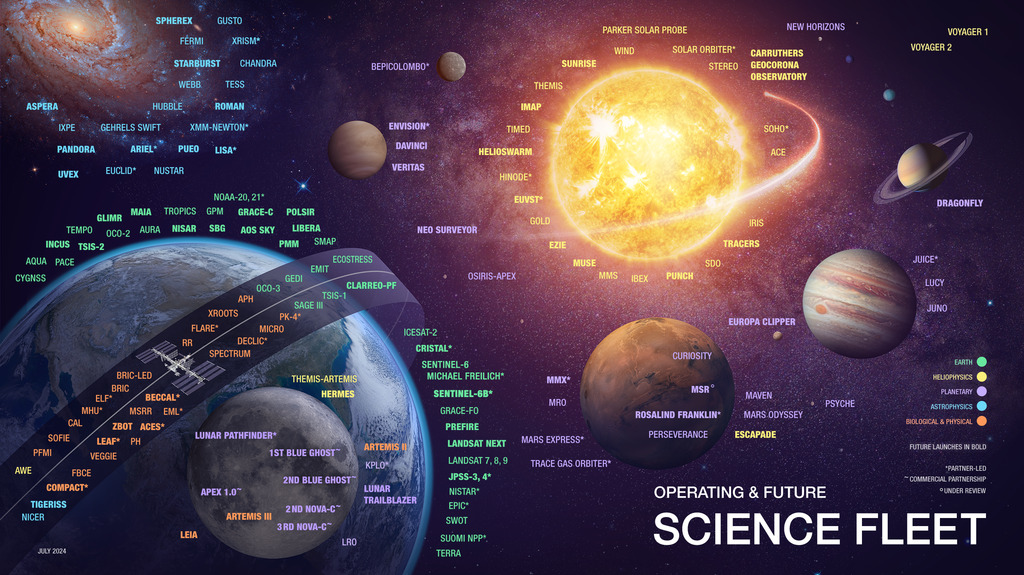
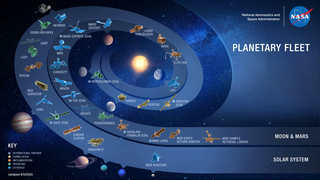
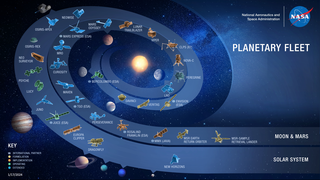







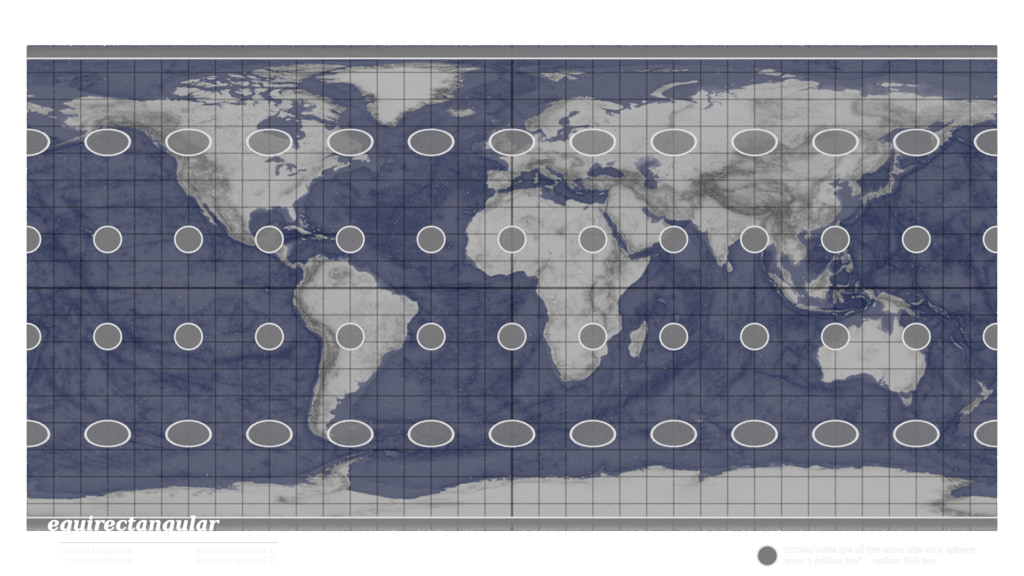
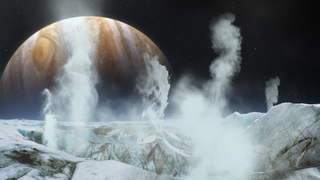

![Music Credit: “Corals Instrumental” by Marc Burh [GEMA], Marek Nichel [GEMA] via Universal Production MusicAdditional photographs and footage: Unsplash, Videvo](/vis/a010000/a014500/a014557/14557_EclipsePhotoTips_Thumbnail.png)


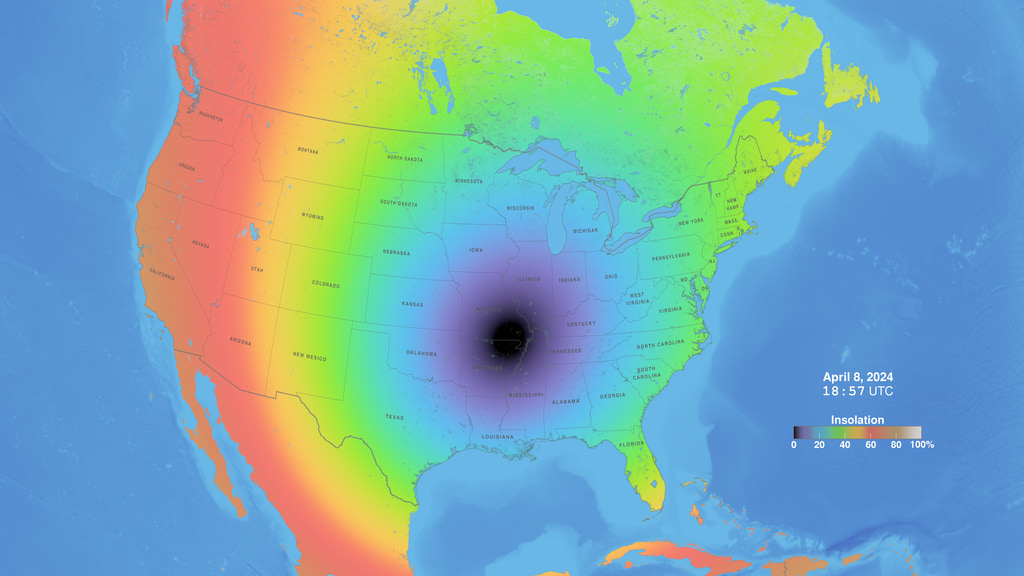



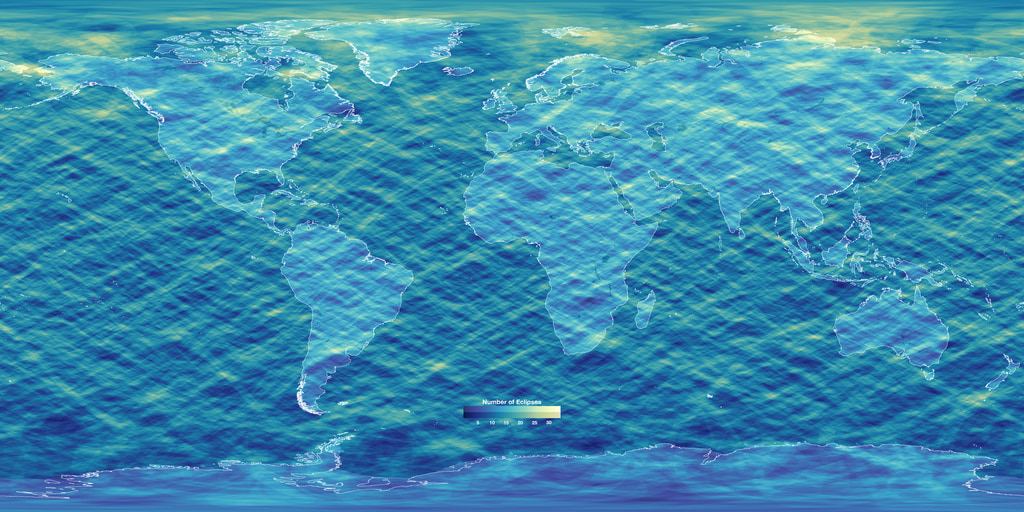
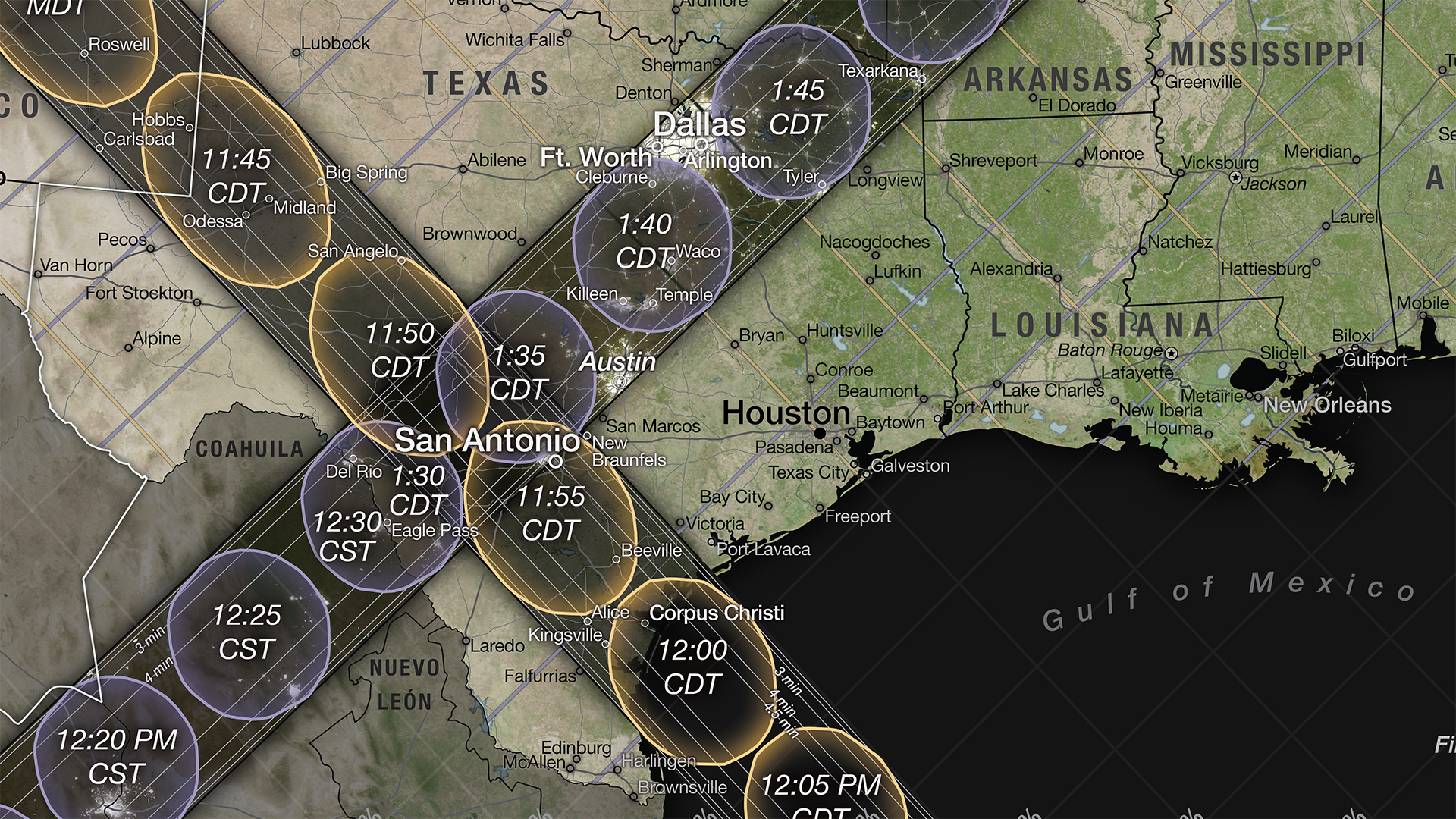

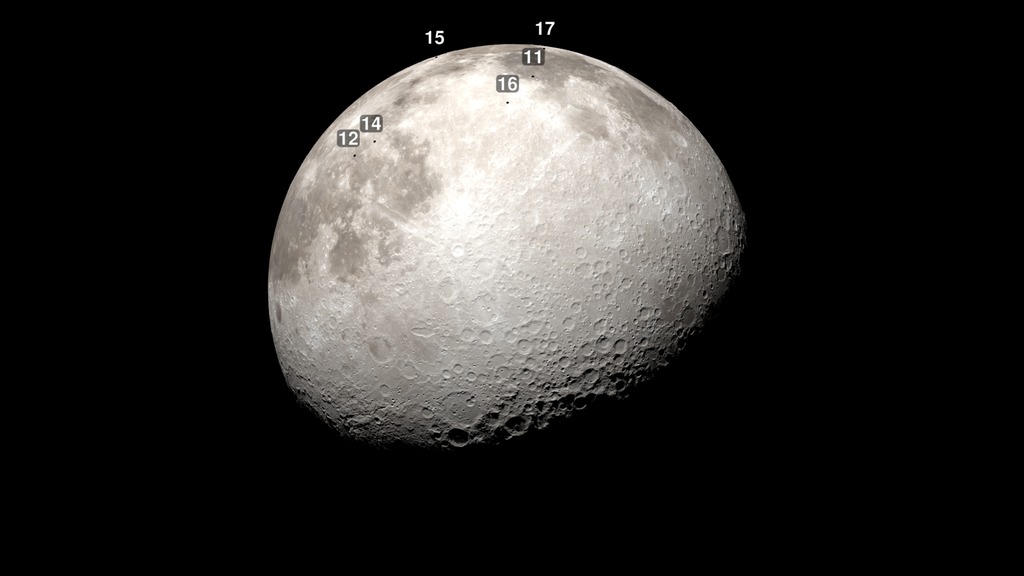


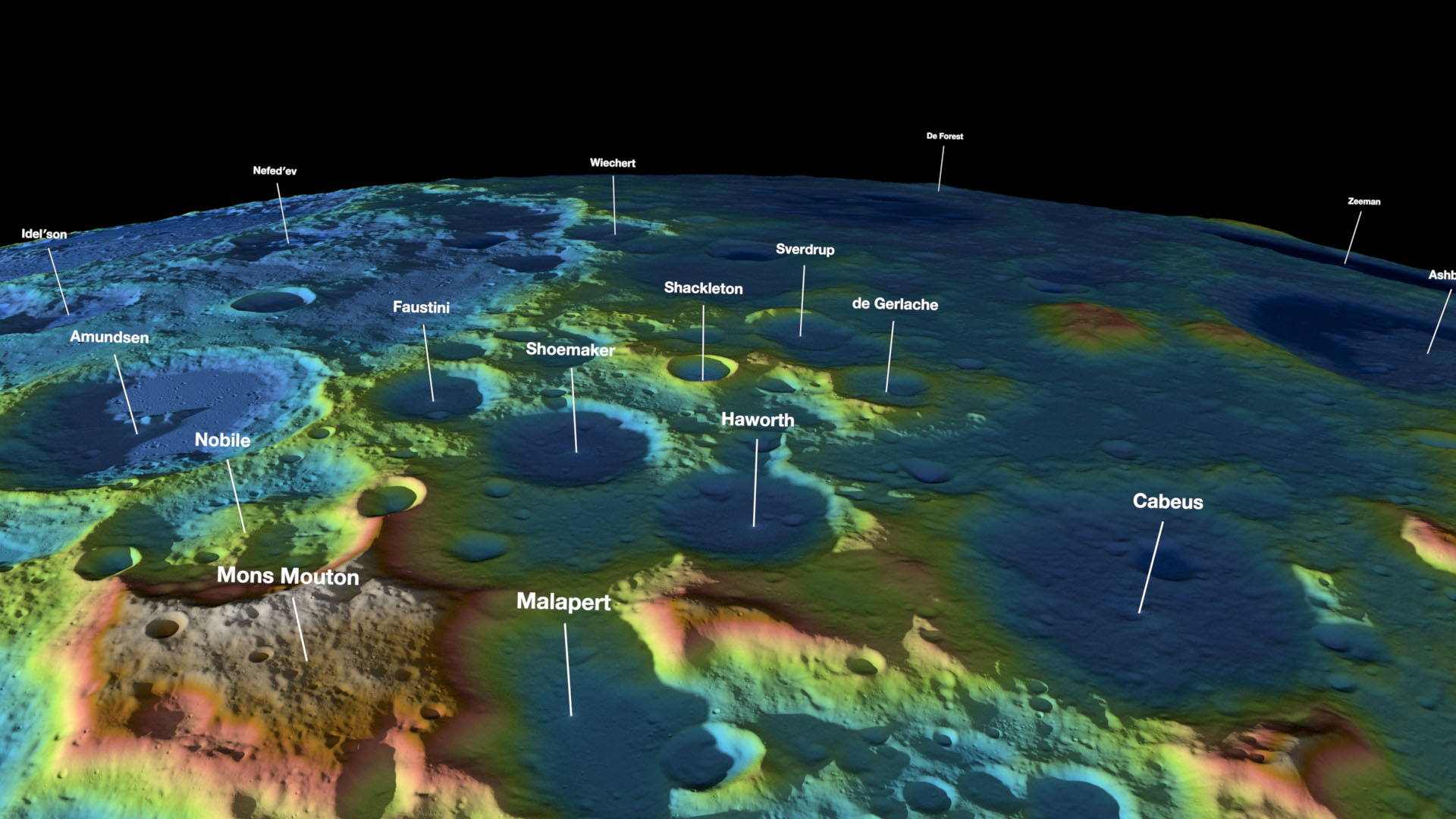
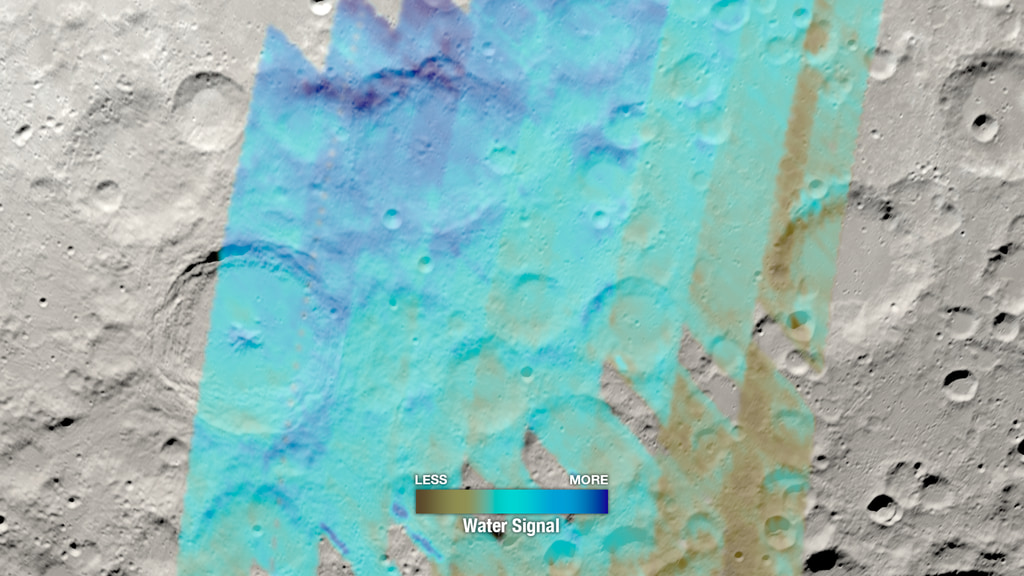




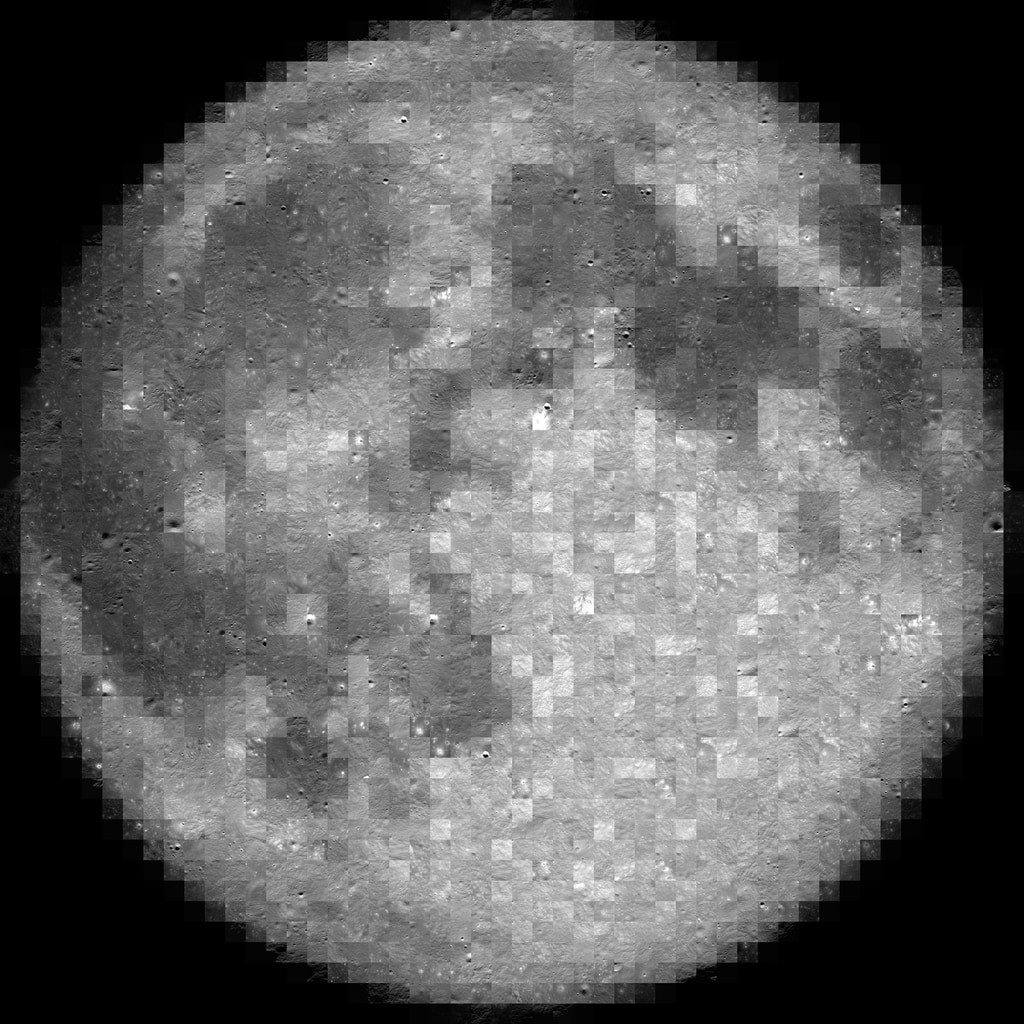

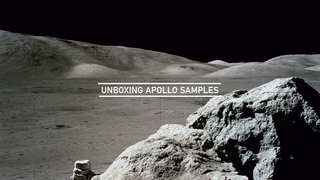

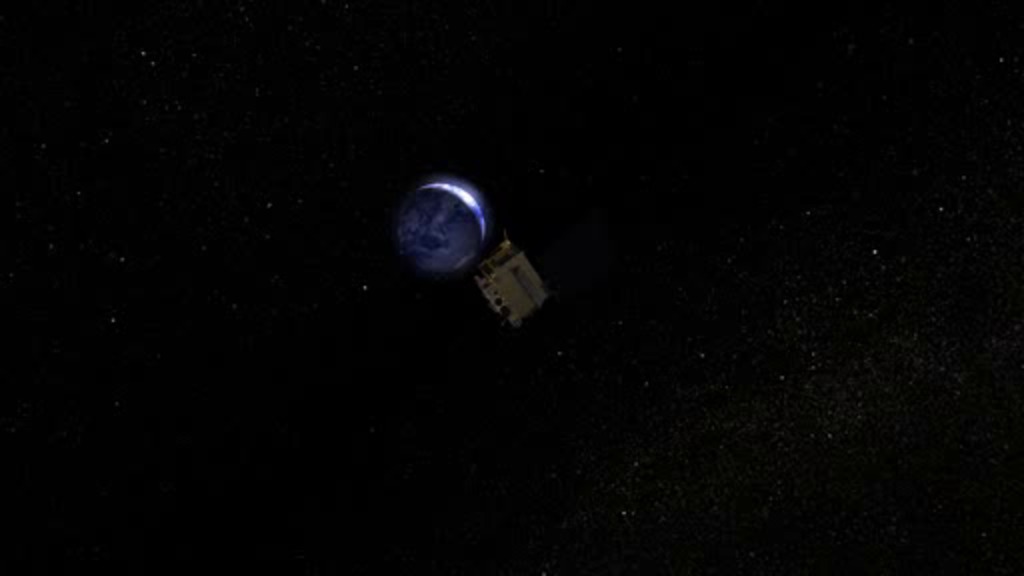
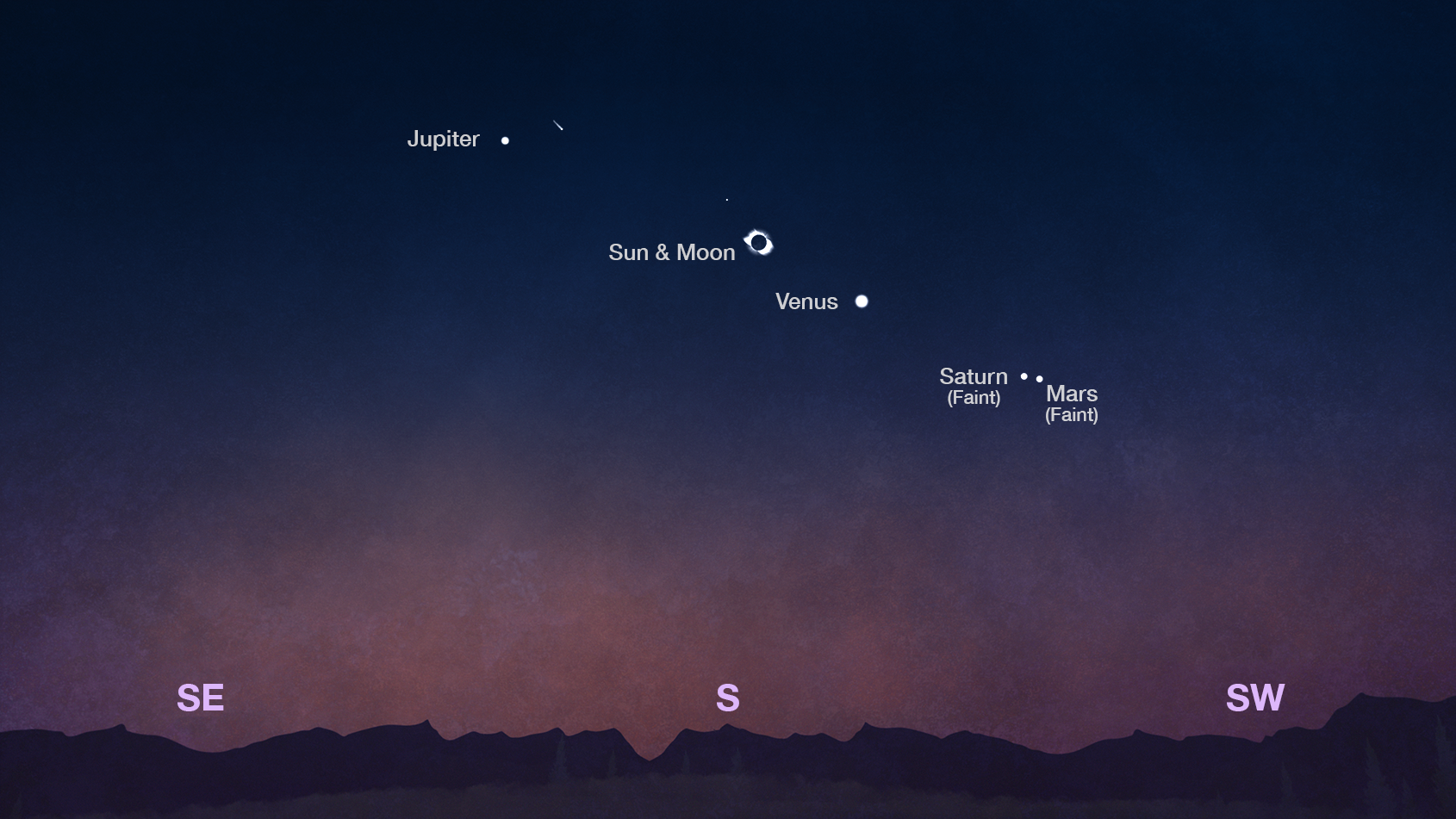
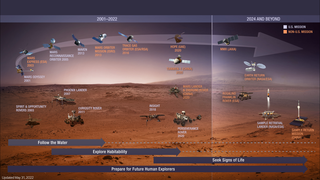
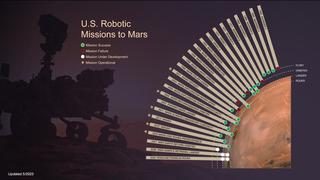
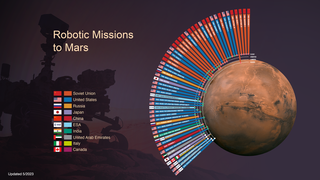
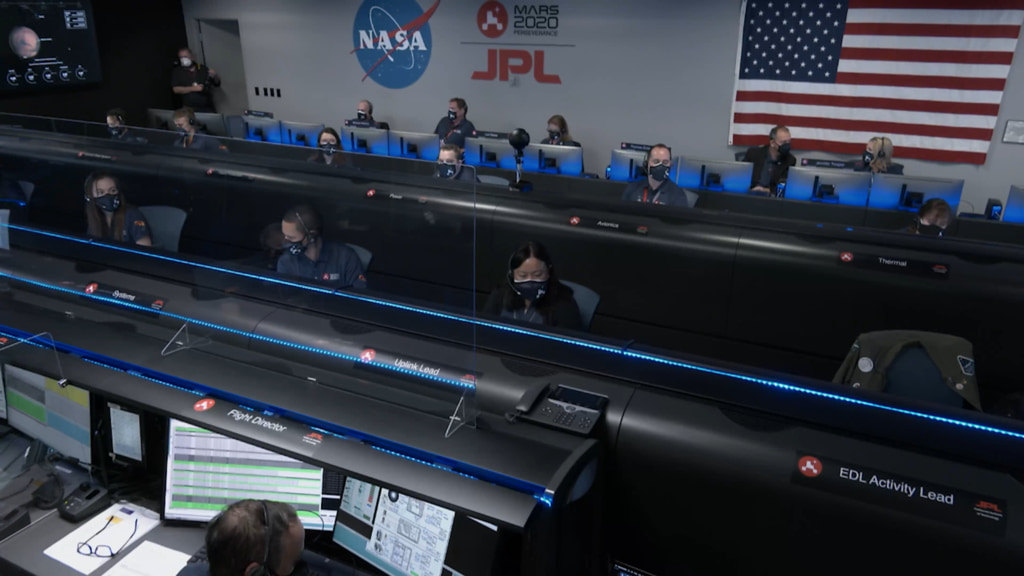
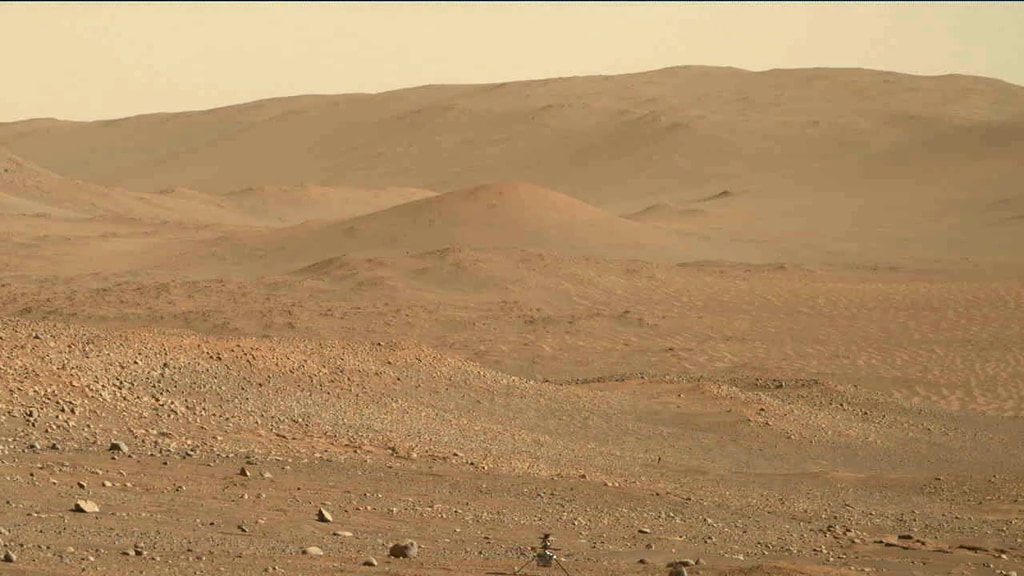
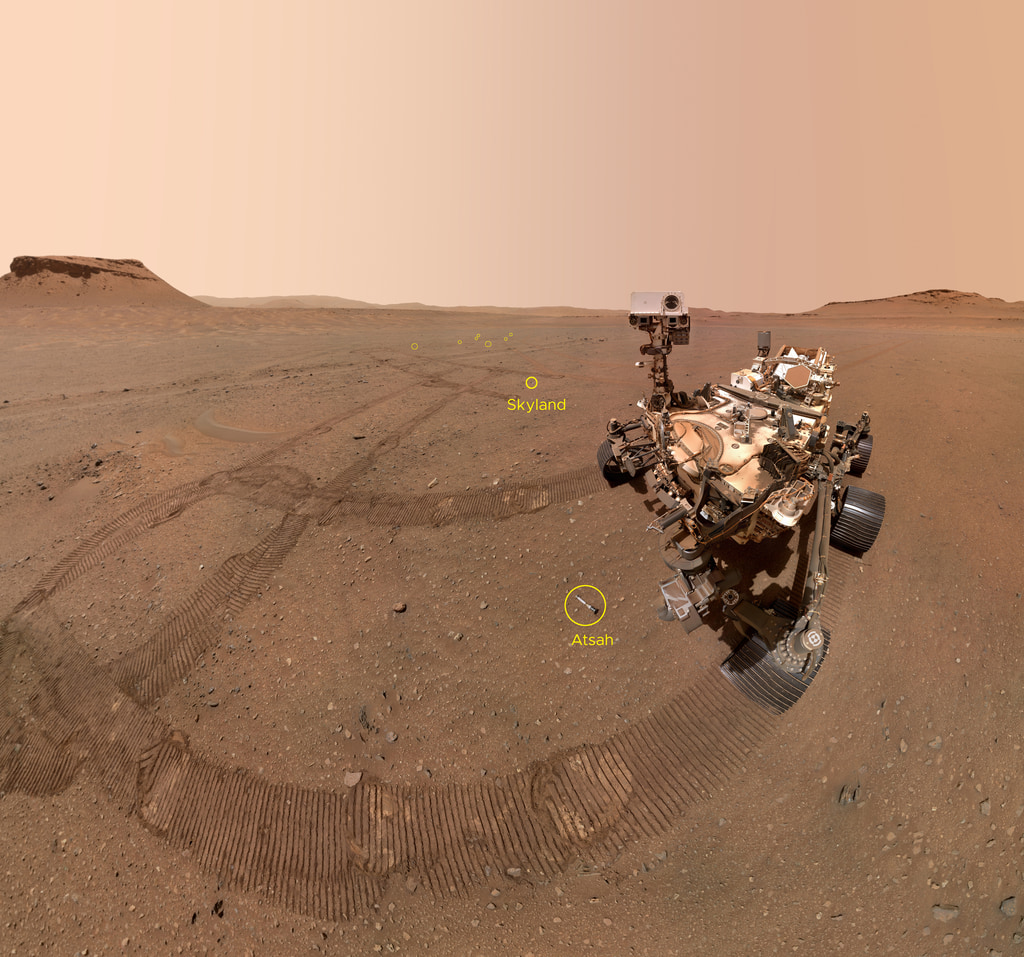
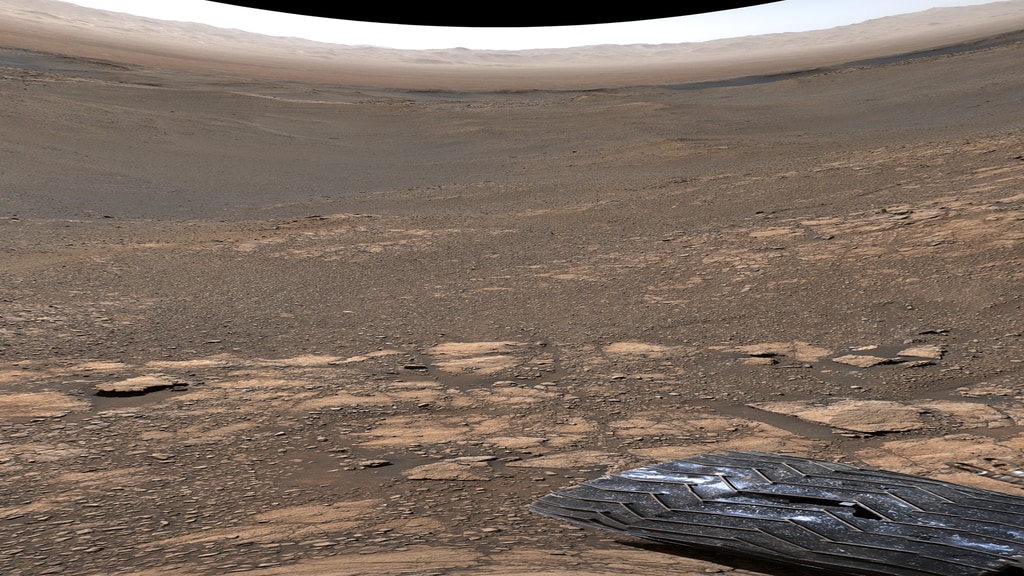

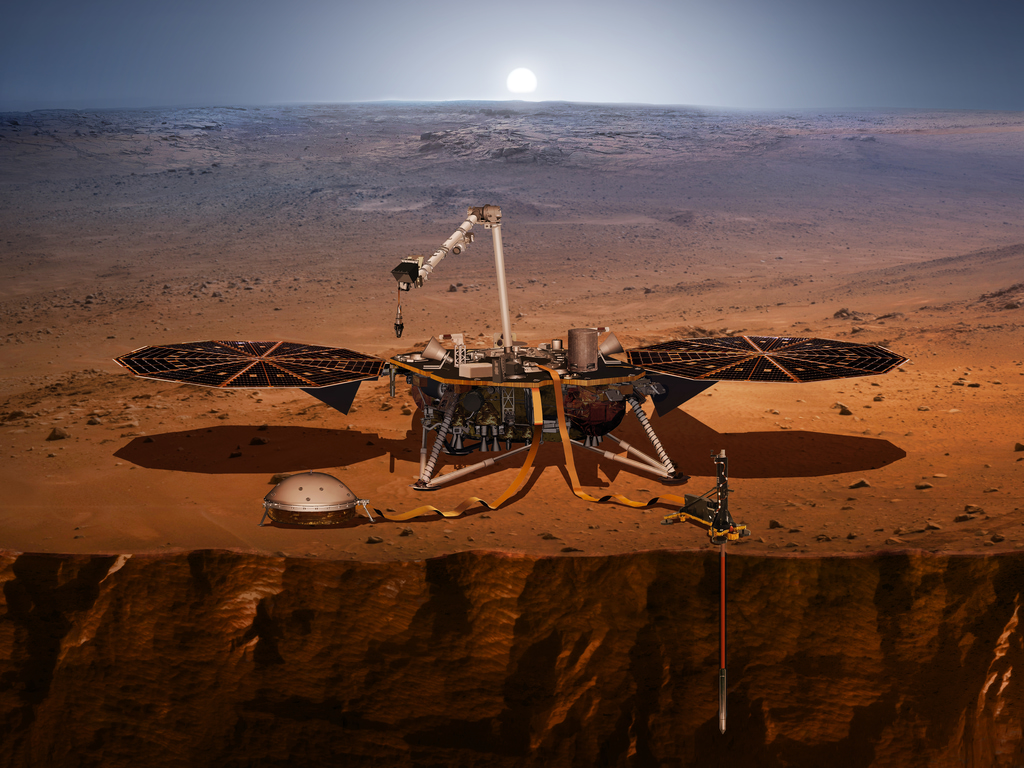
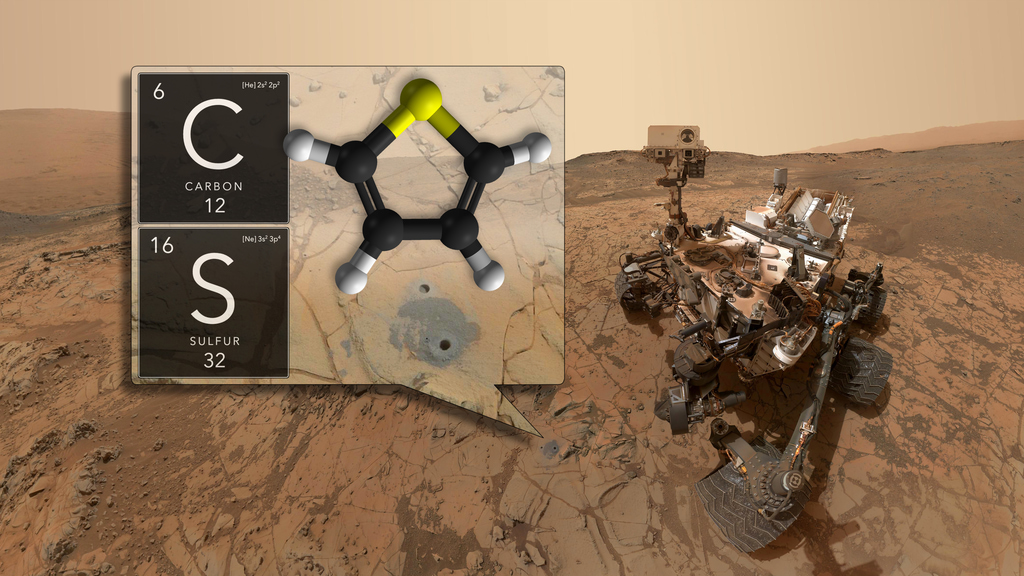
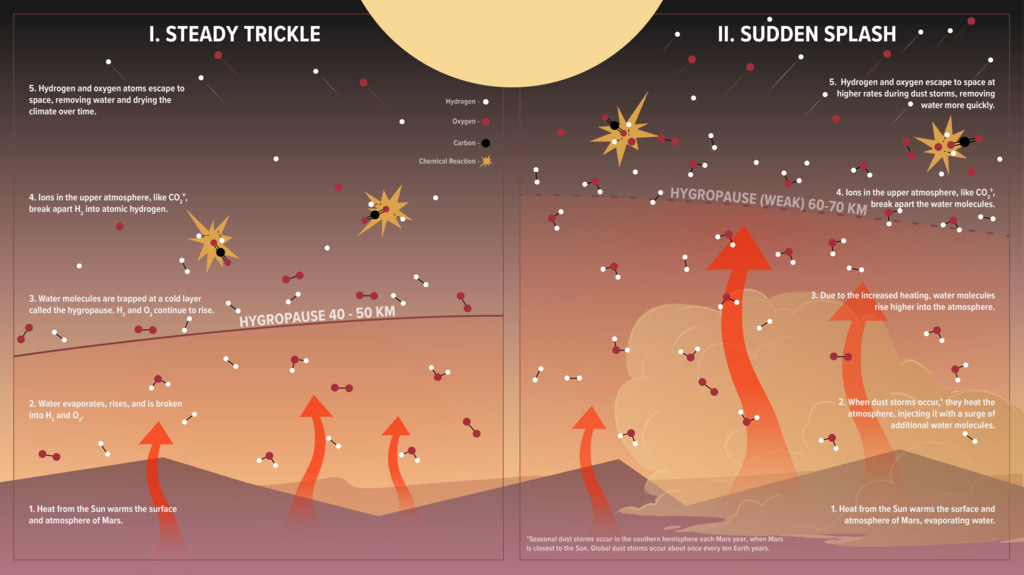
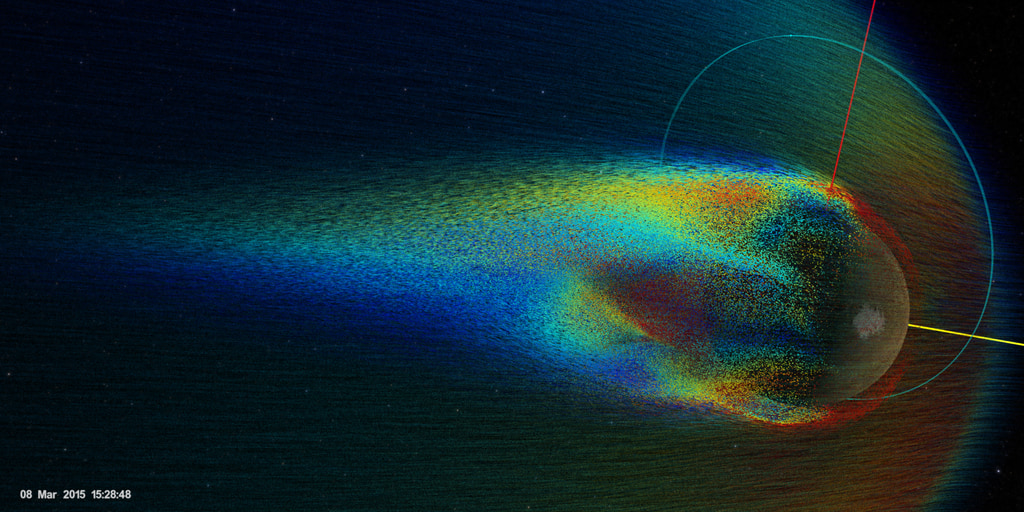

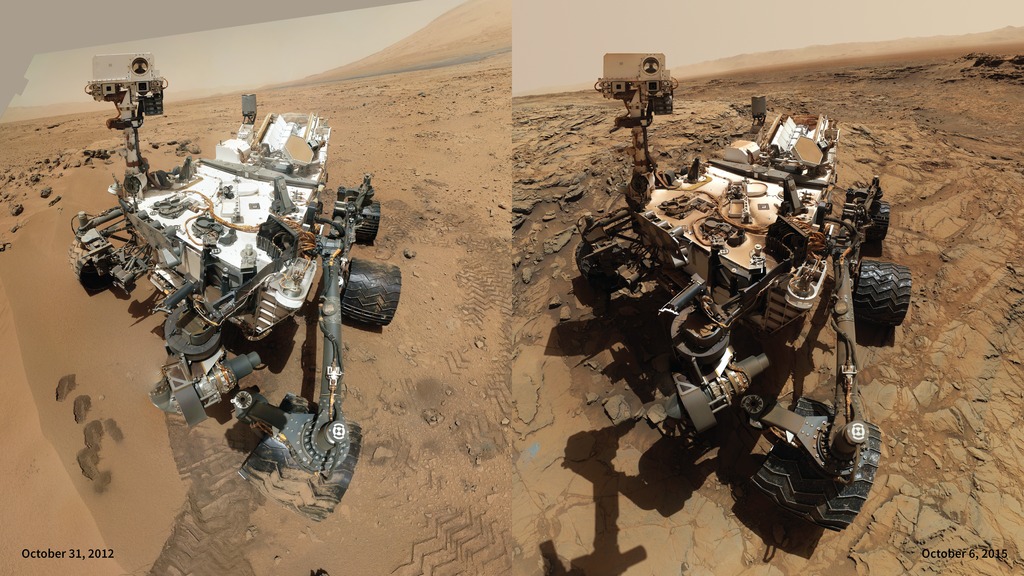


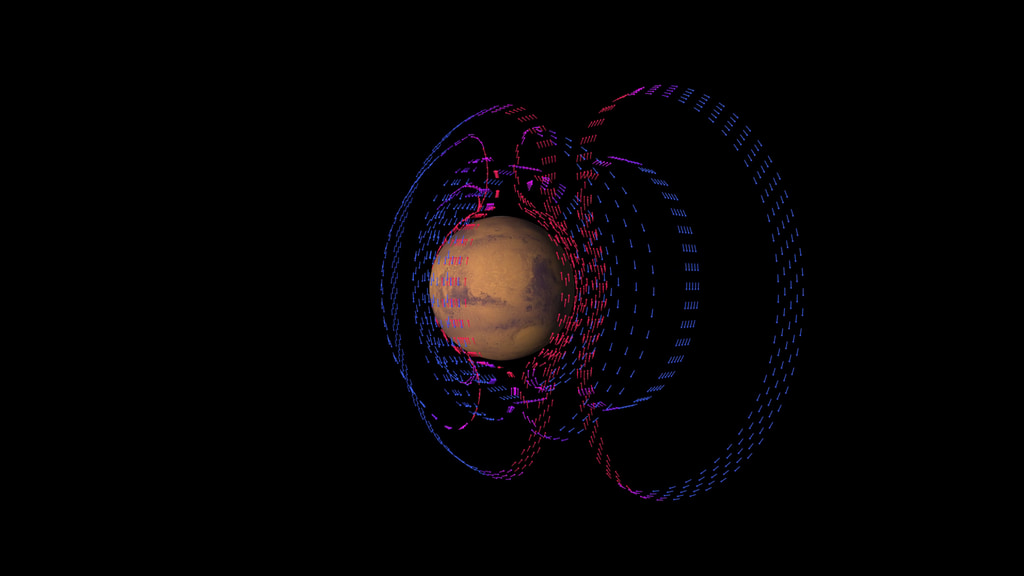


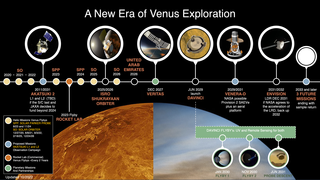


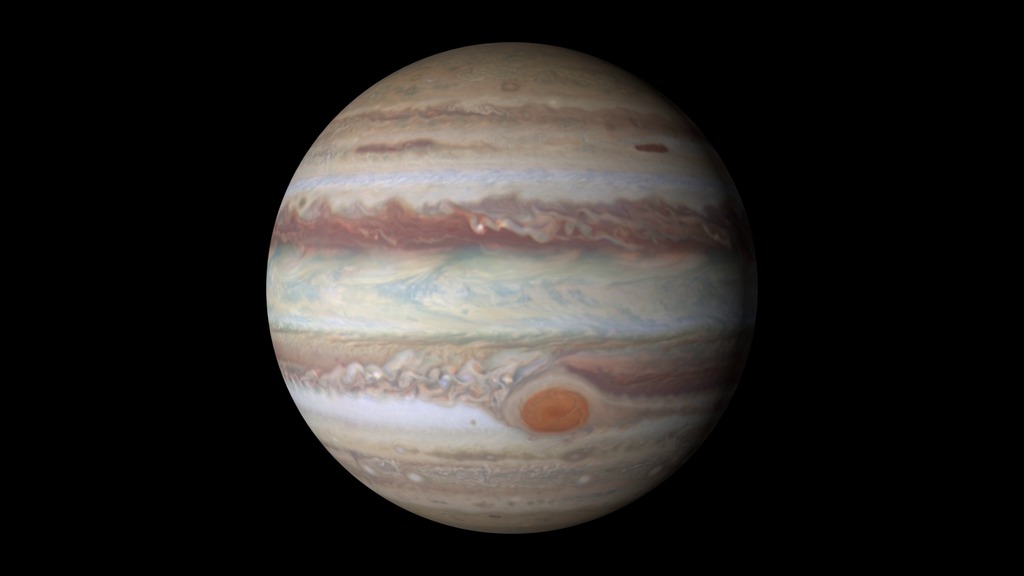
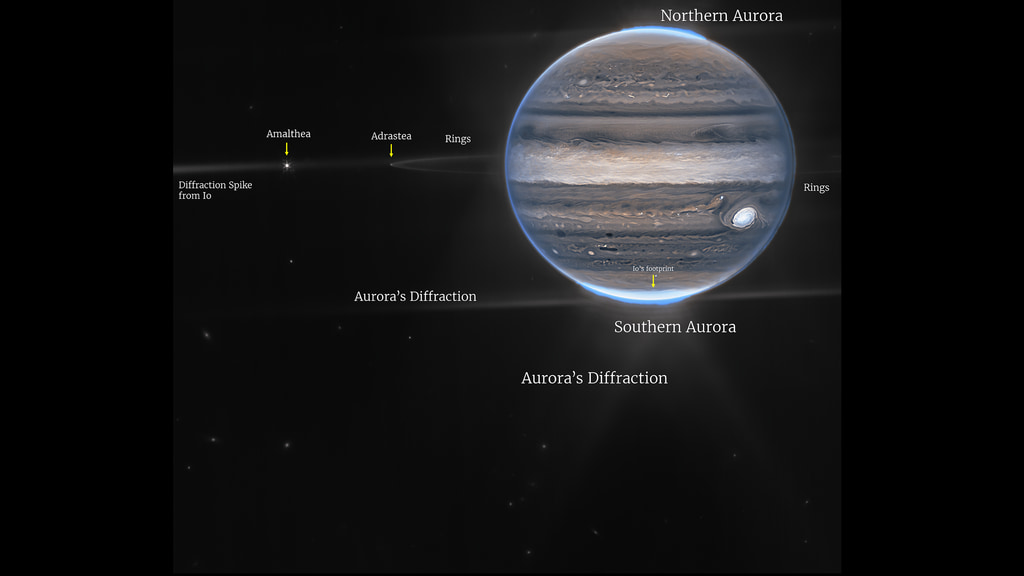

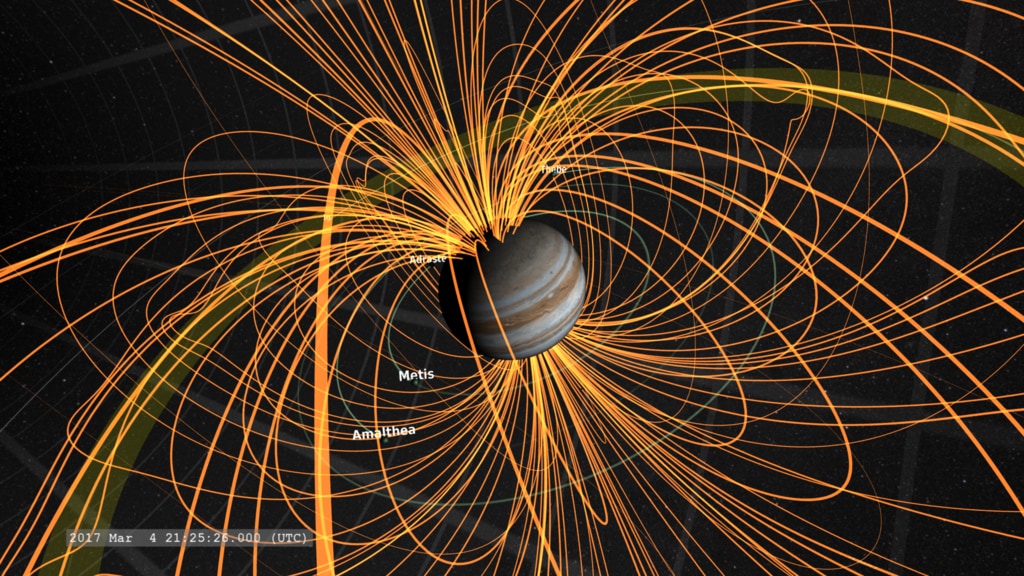

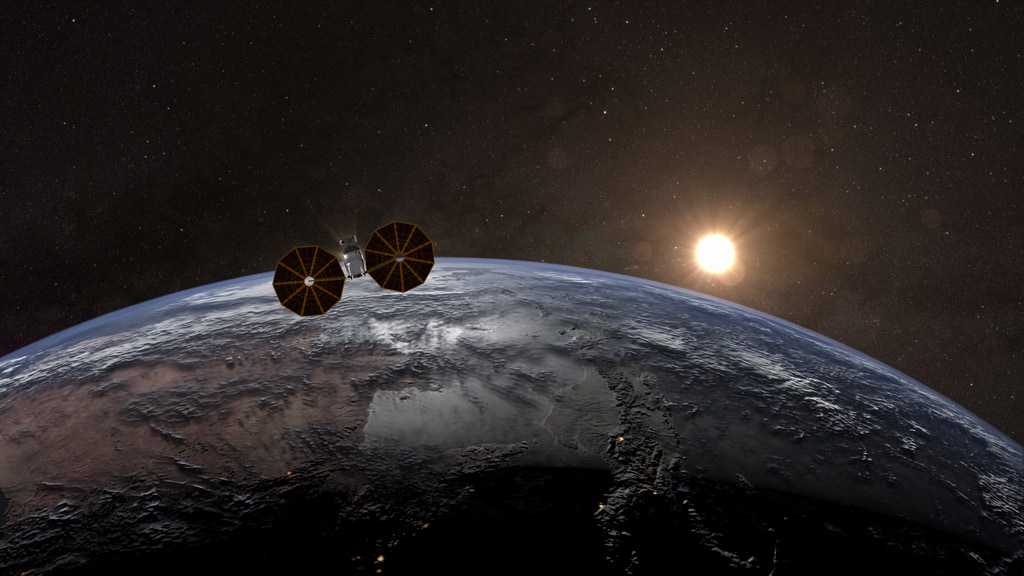
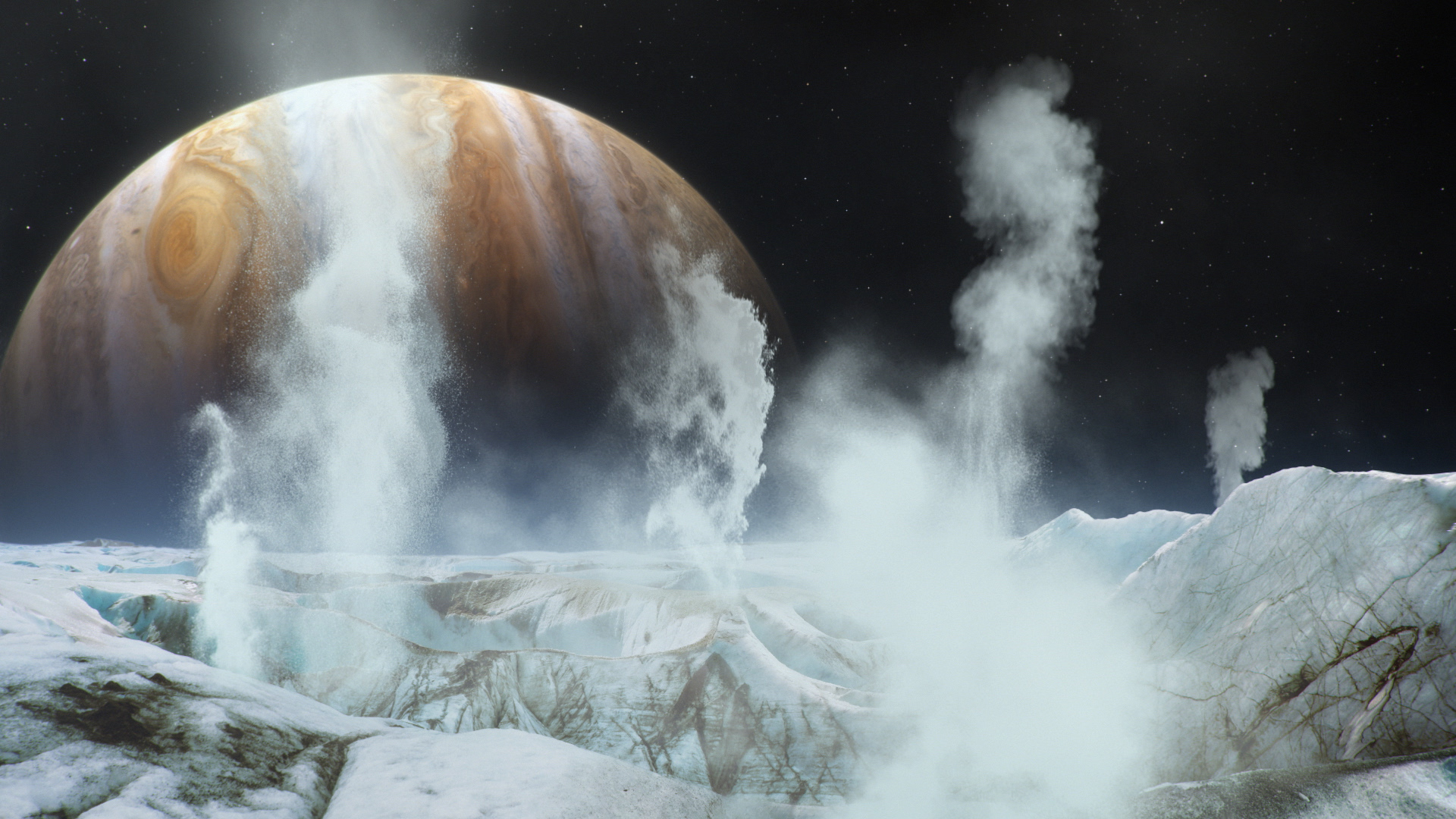
![Music credit: "Street Dancer" by Donn Wilkerson [BMI] and Lance Sumner [BMI]; Killer Tracks BMI; Killer Tracks Production MusicWatch this video on the NASA Goddard YouTube channel.](/vis/a010000/a012500/a012585/Hubble_Europa_04-2017_thumbnail.png)
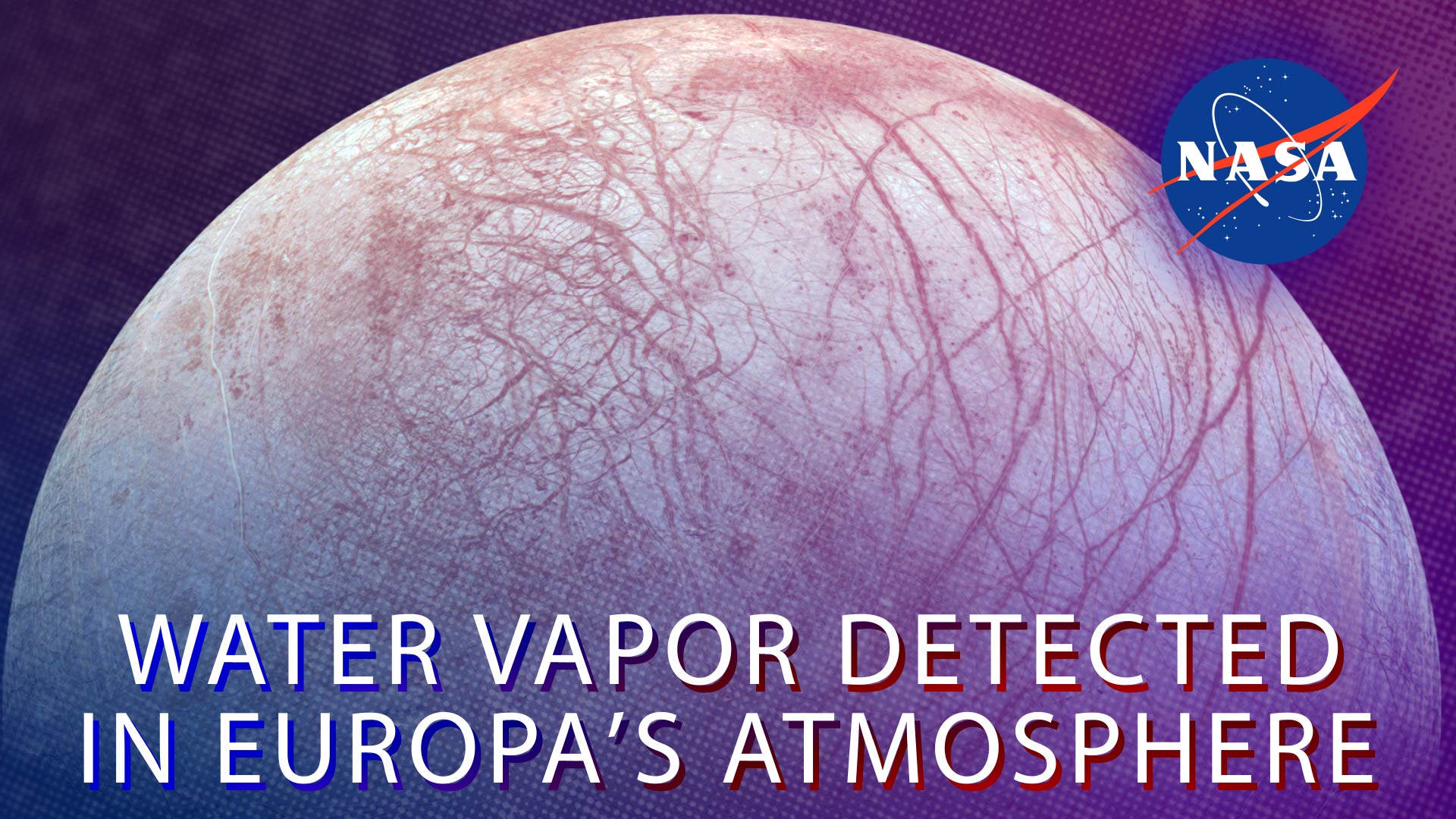

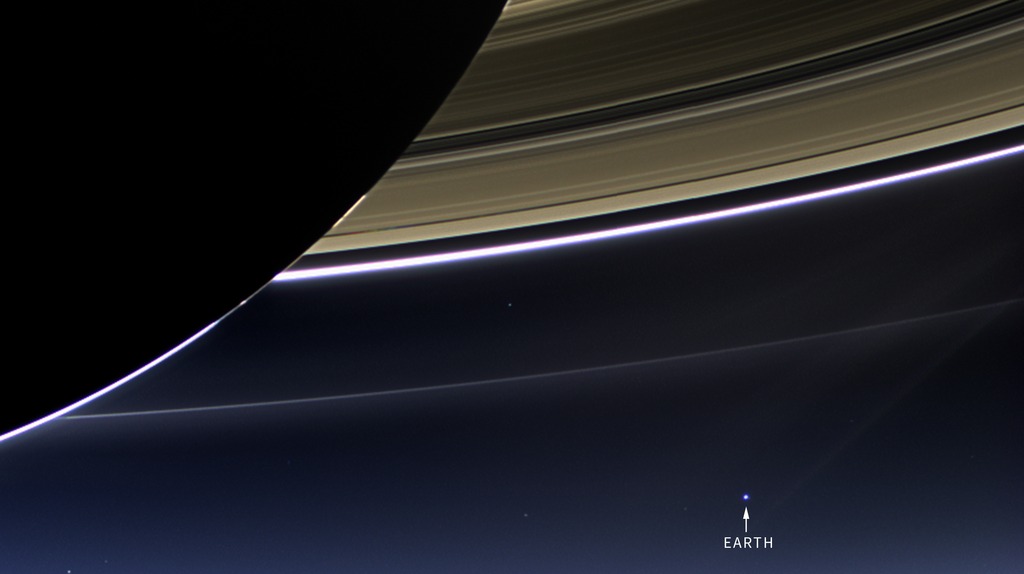
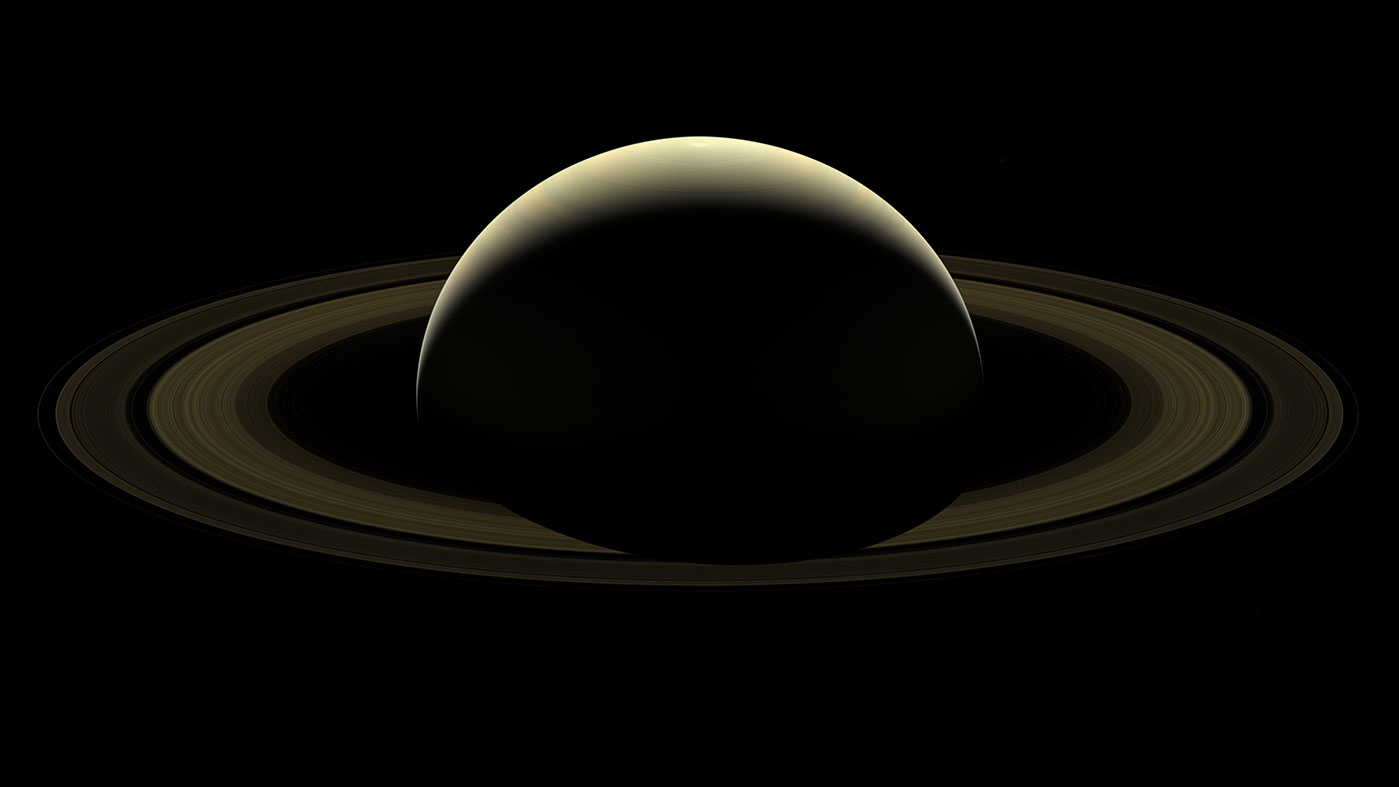

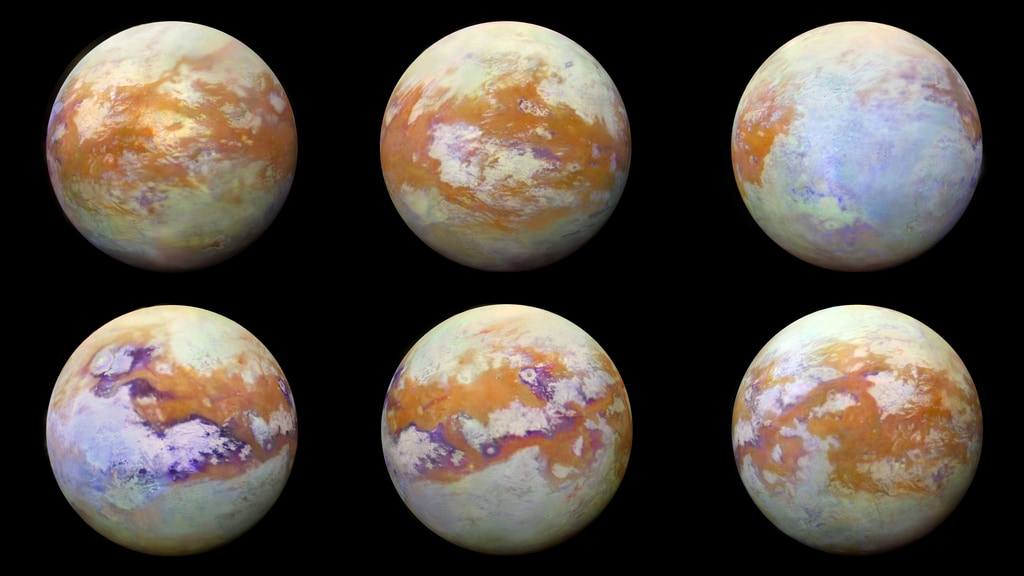
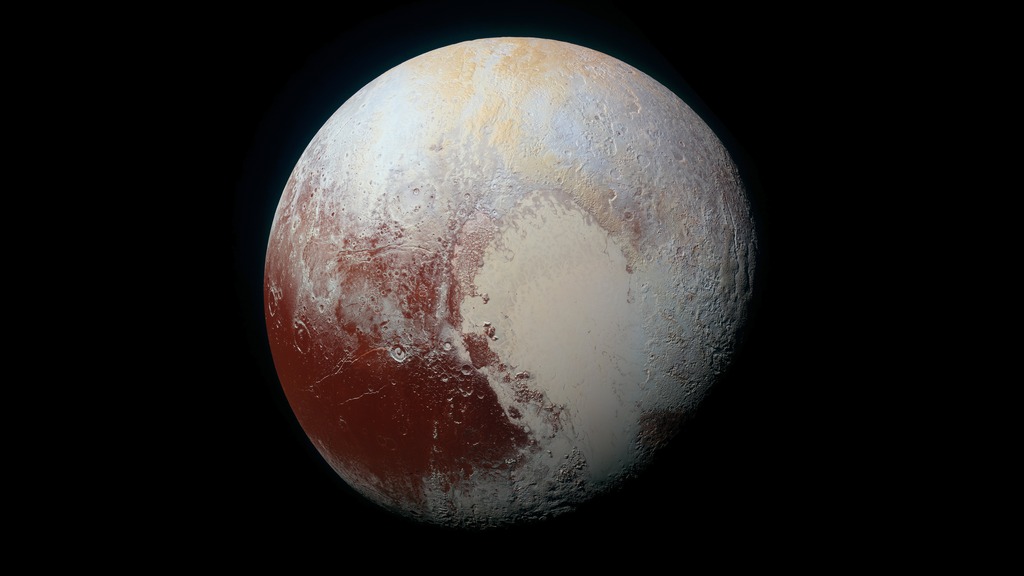


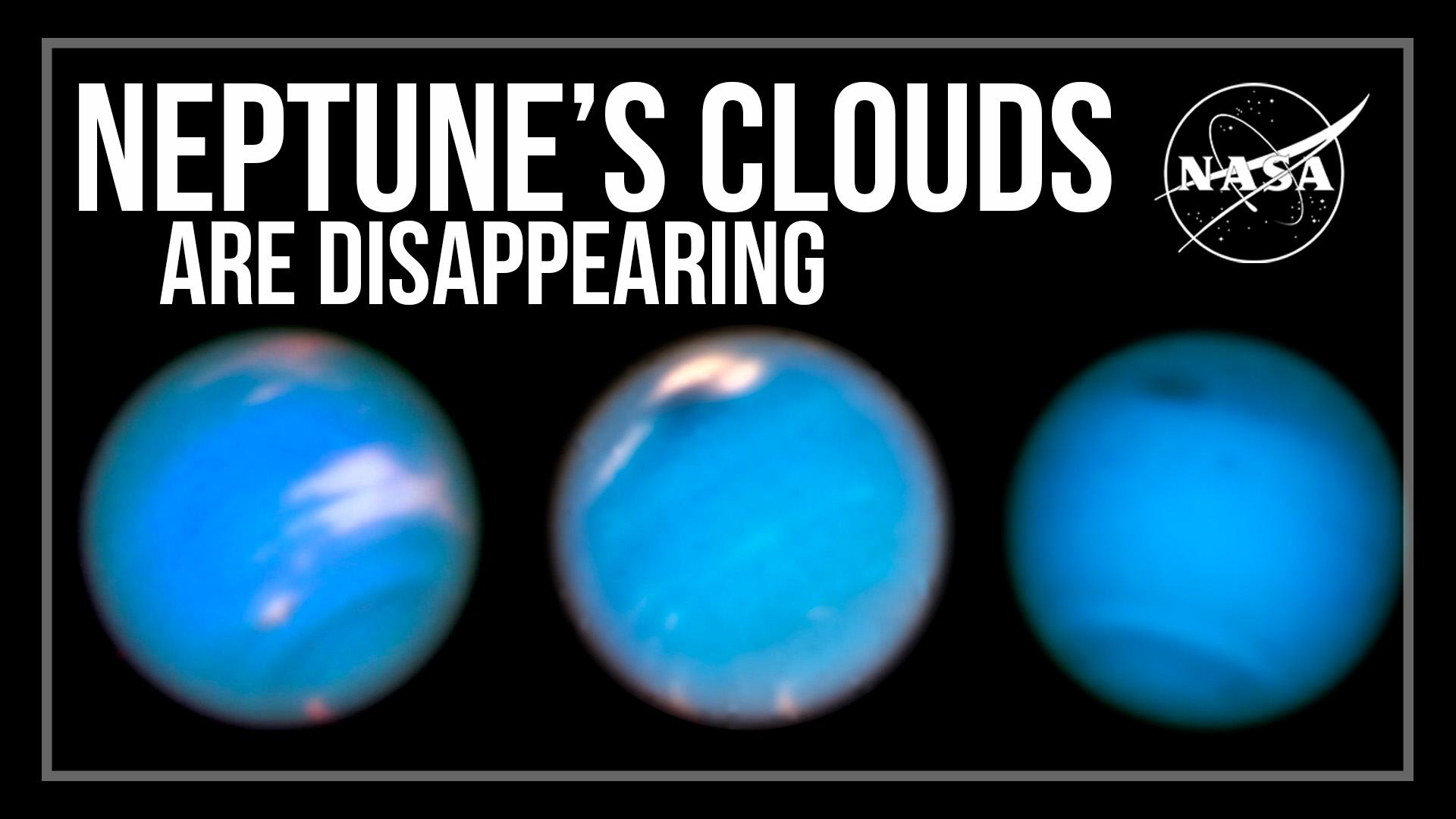
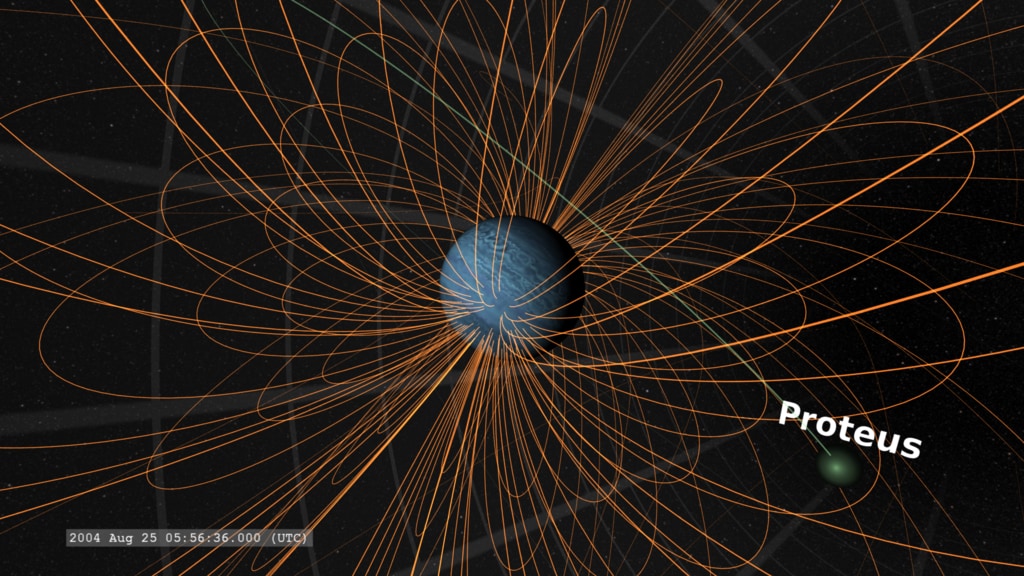








![Ride along with OSIRIS-REx during the thrilling finale of its journey to Bennu and back.Complete transcript available.Universal Production Music: “A Sense of Urgency” and “Rise to the Challenge” by Daniel Marantz and Michael James Burns, Raydia Music library [PRS]; “Fragments of Time” by Timothy Robert Shortell, Scores of Hypersonic Music [BMI]Watch this video on the NASA Goddard YouTube channel.](/vis/a010000/a014400/a014406/OSIRIS-REx_Journeys_End_Preview_V3_print.jpg)
